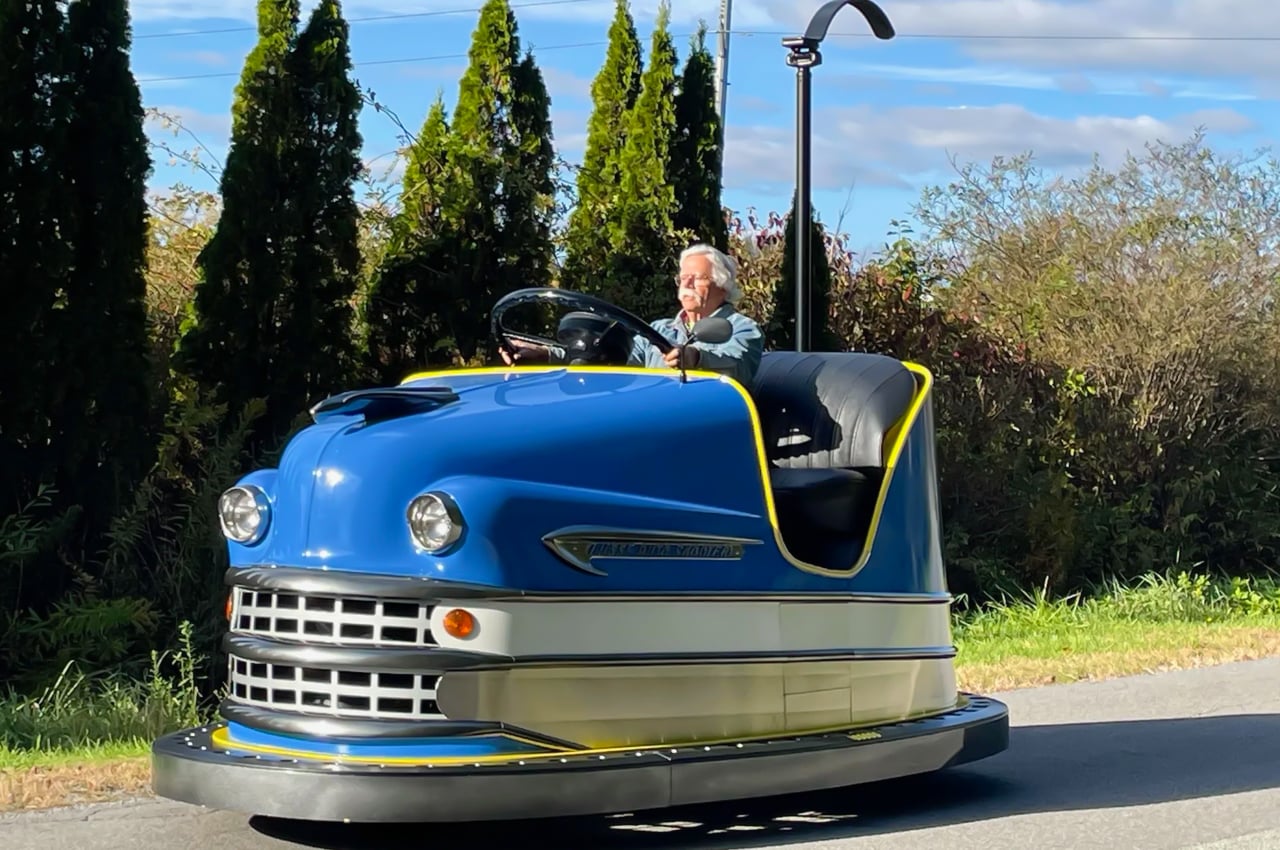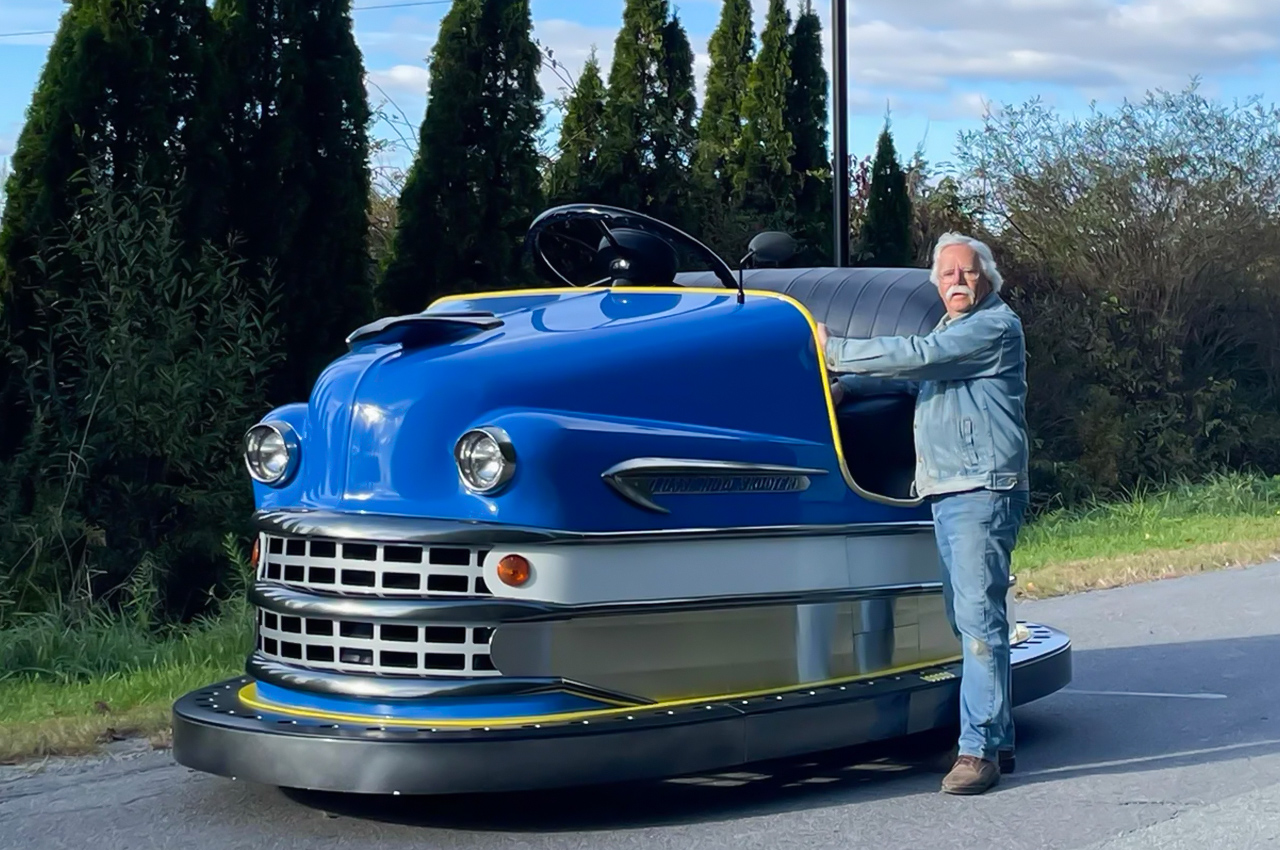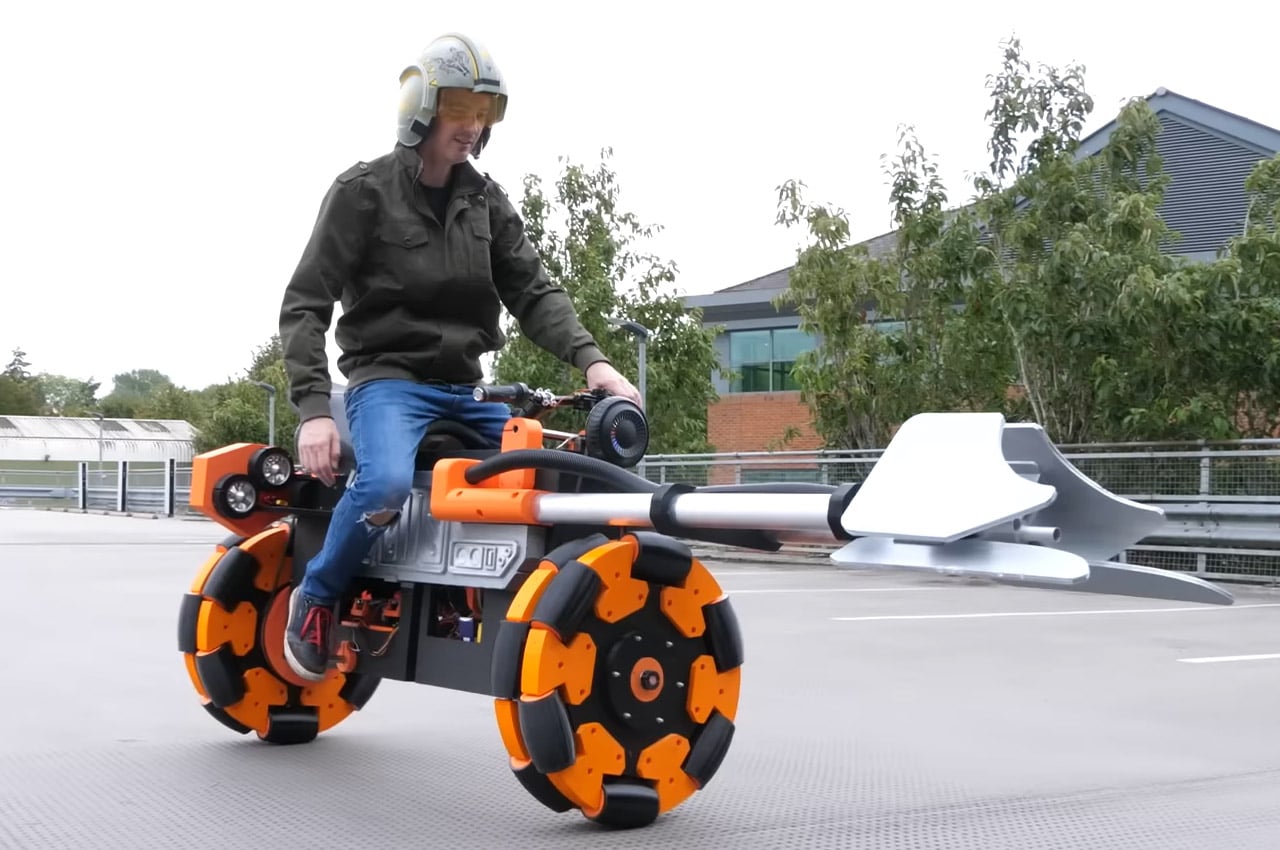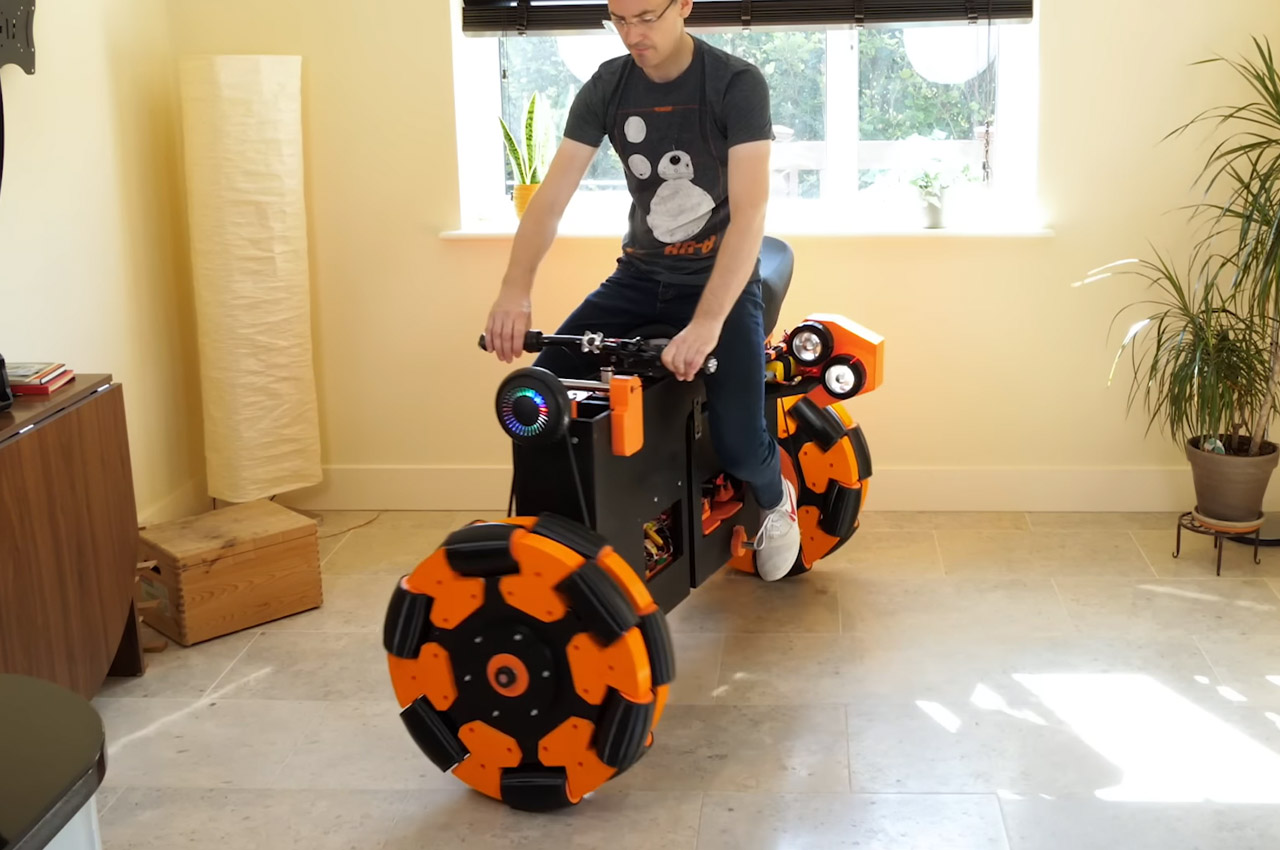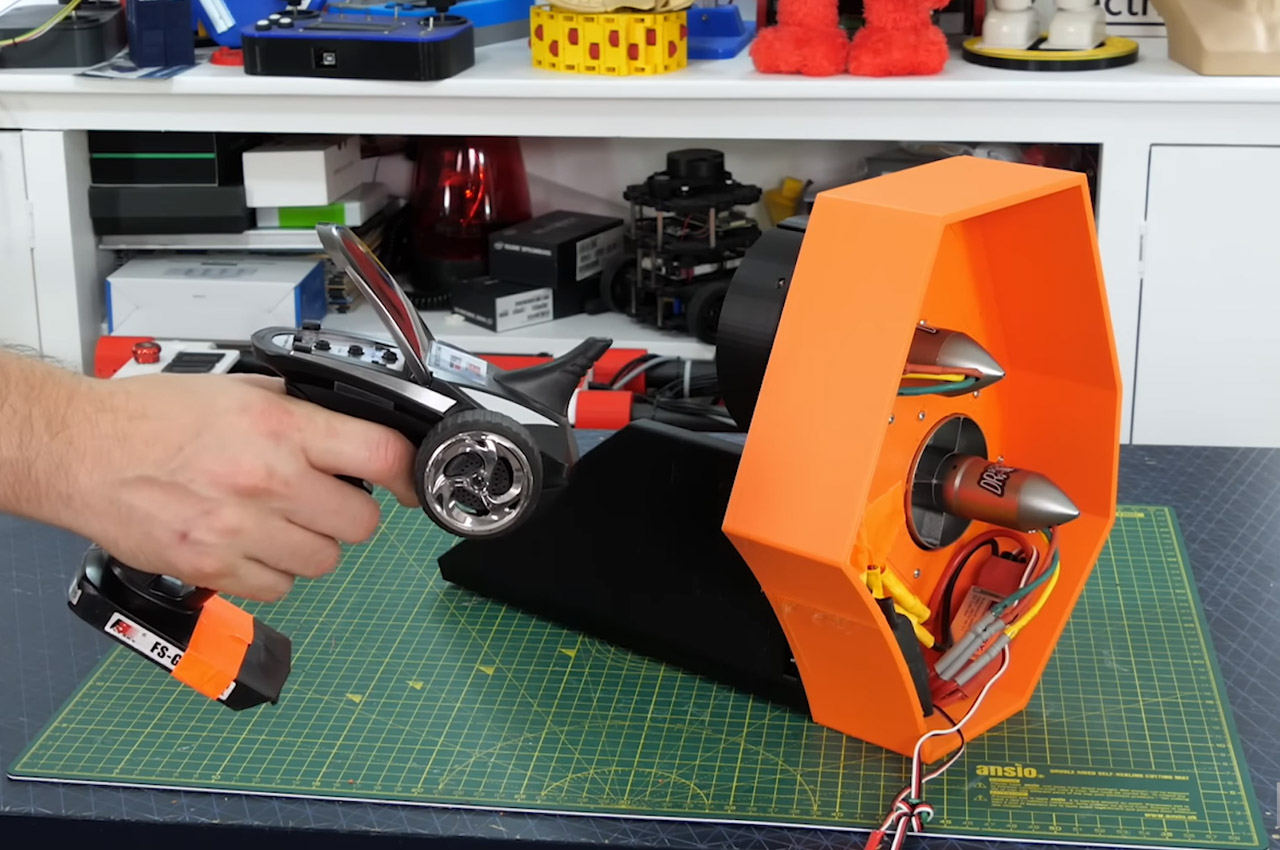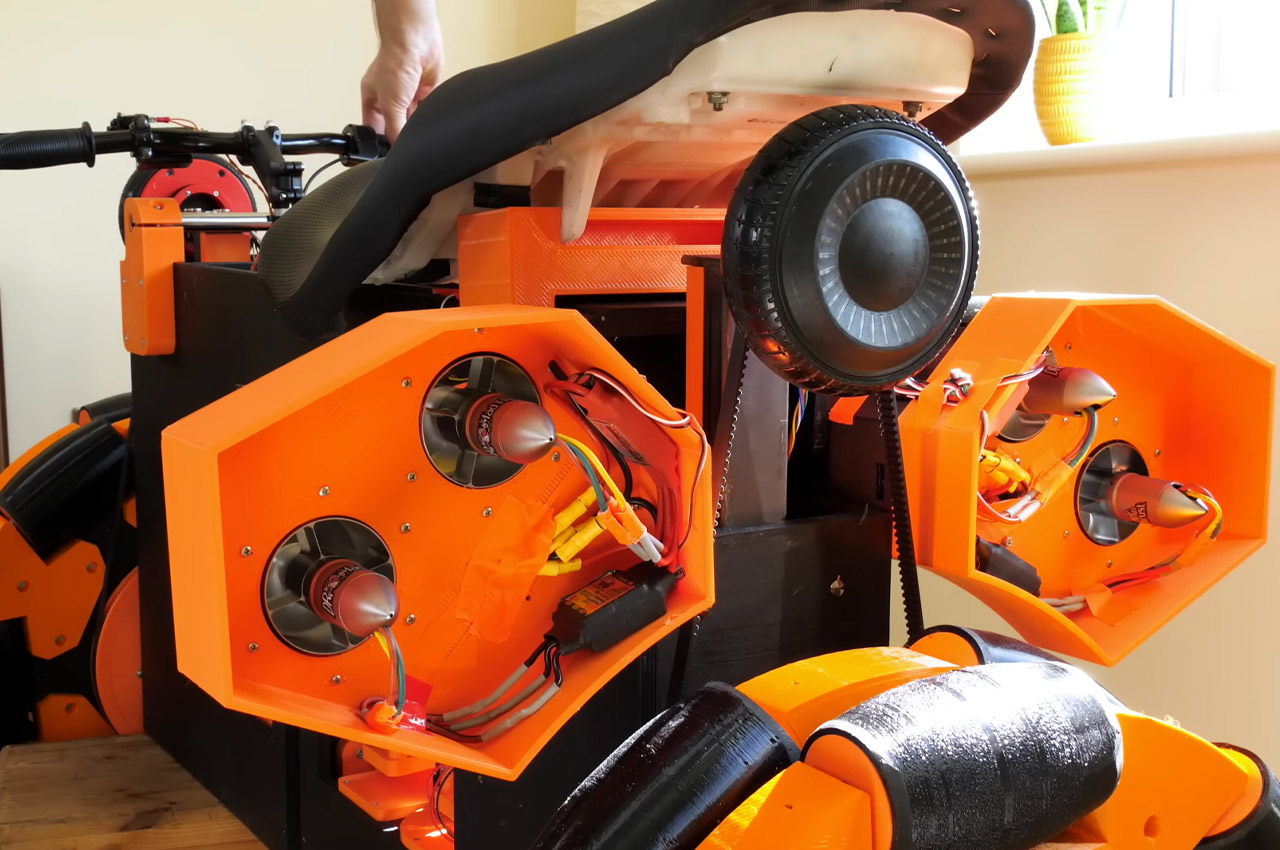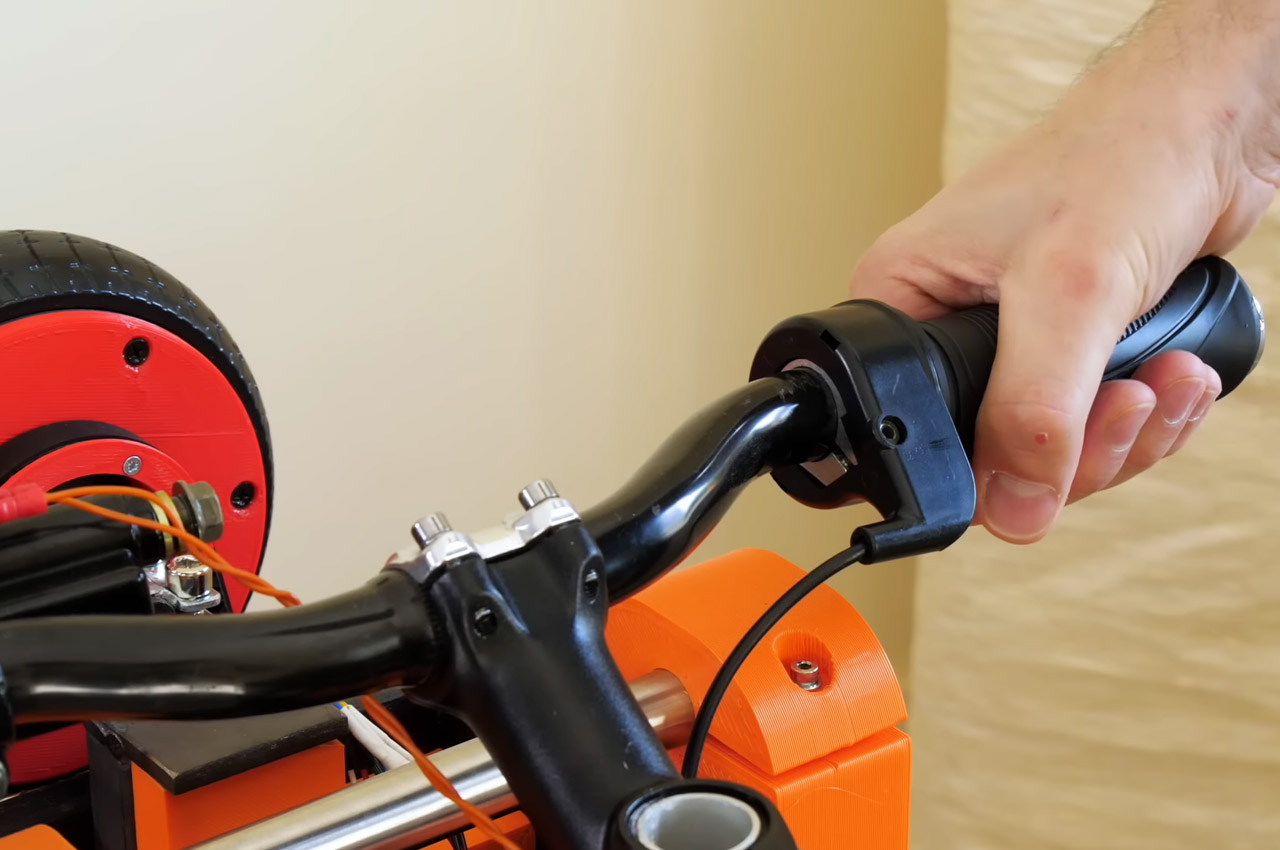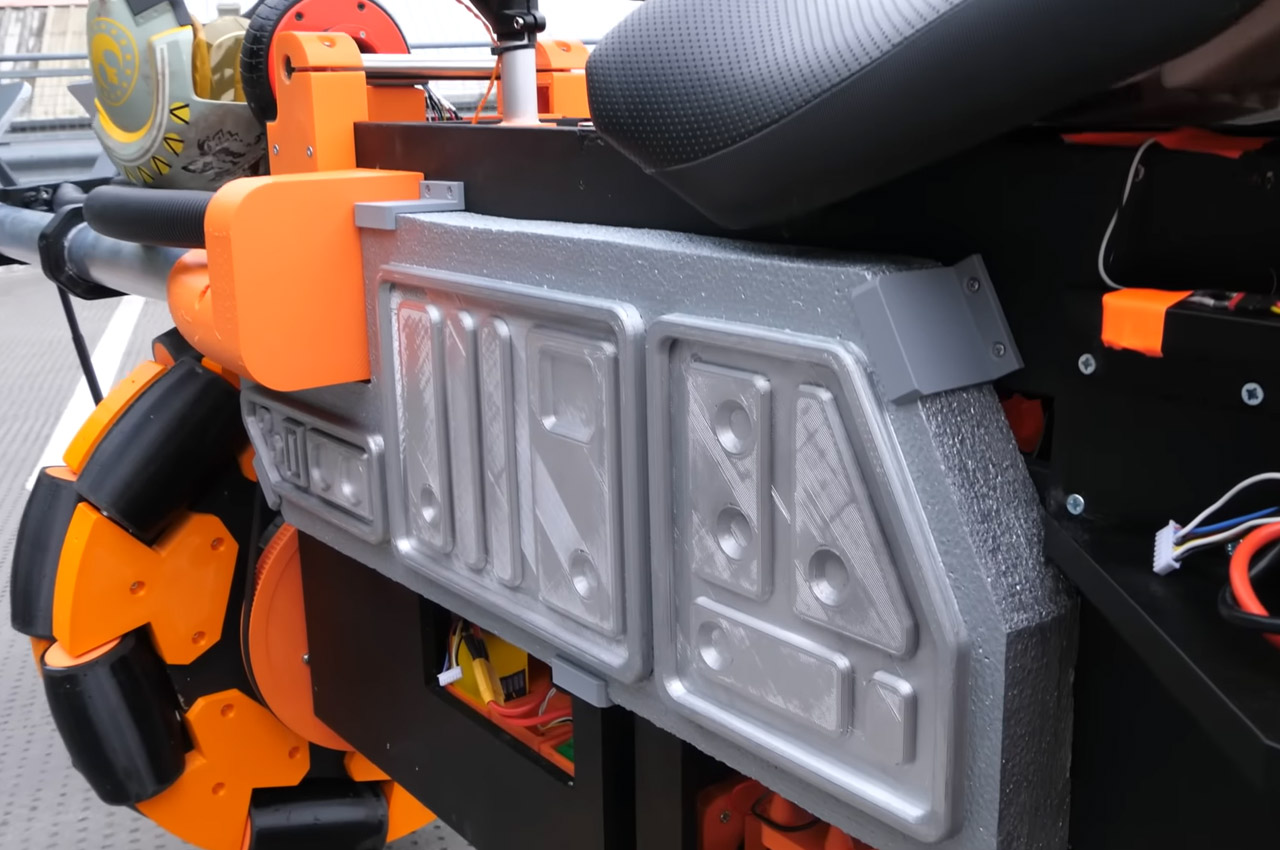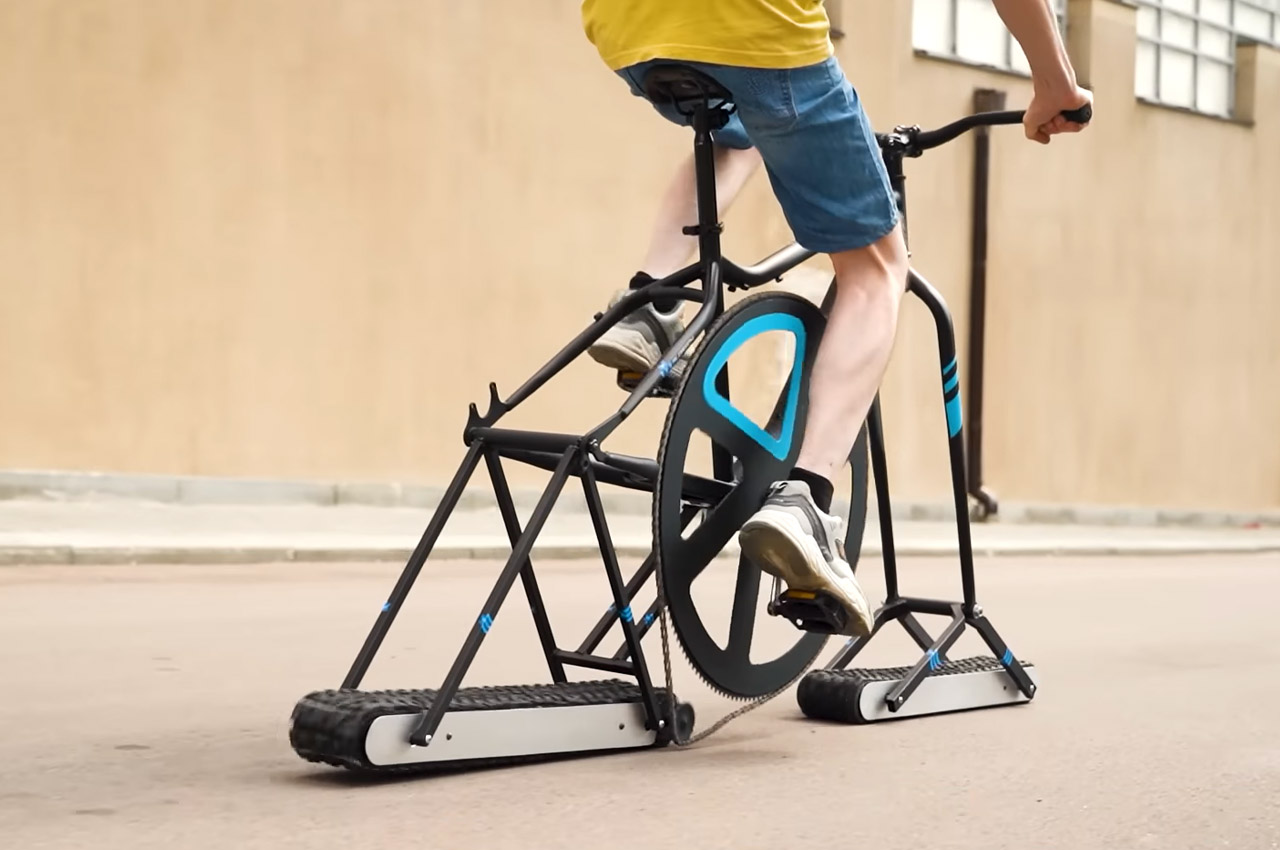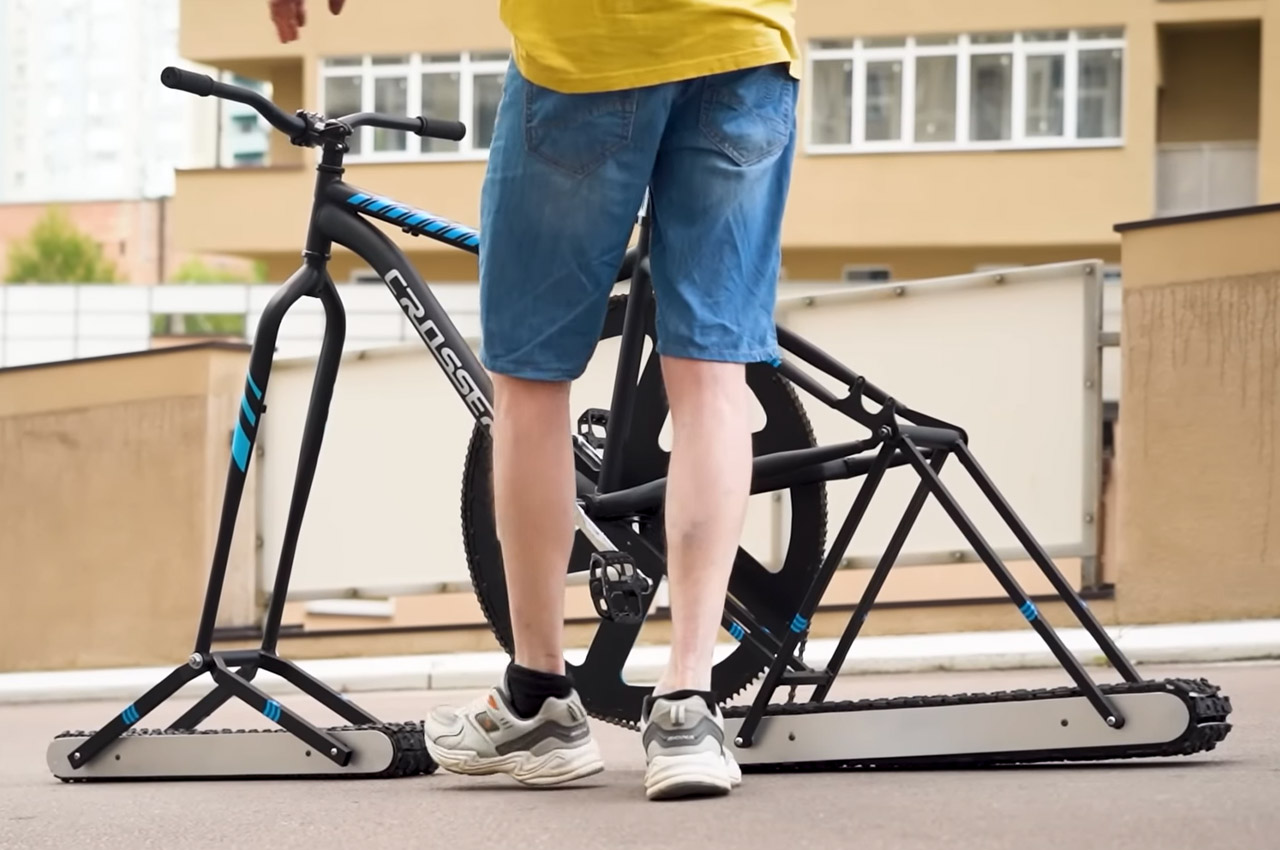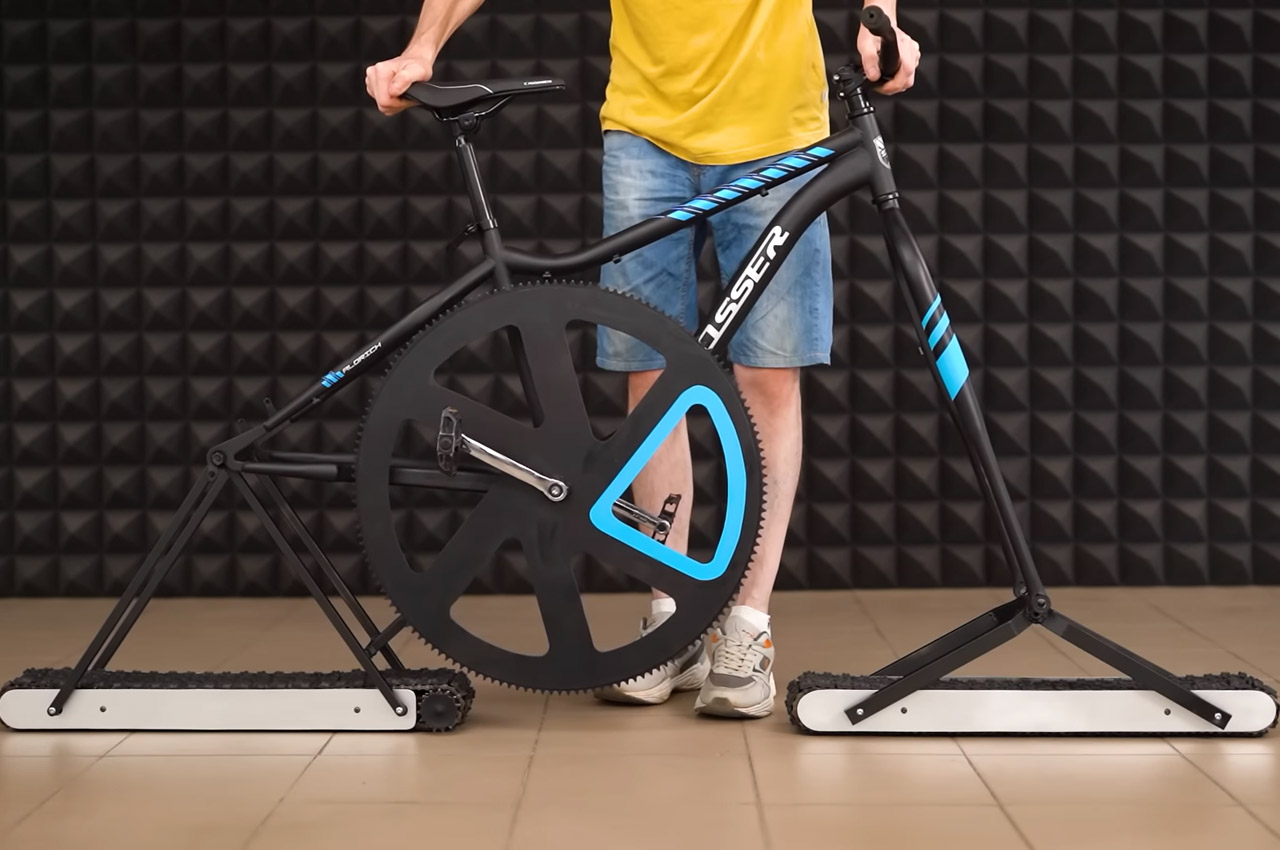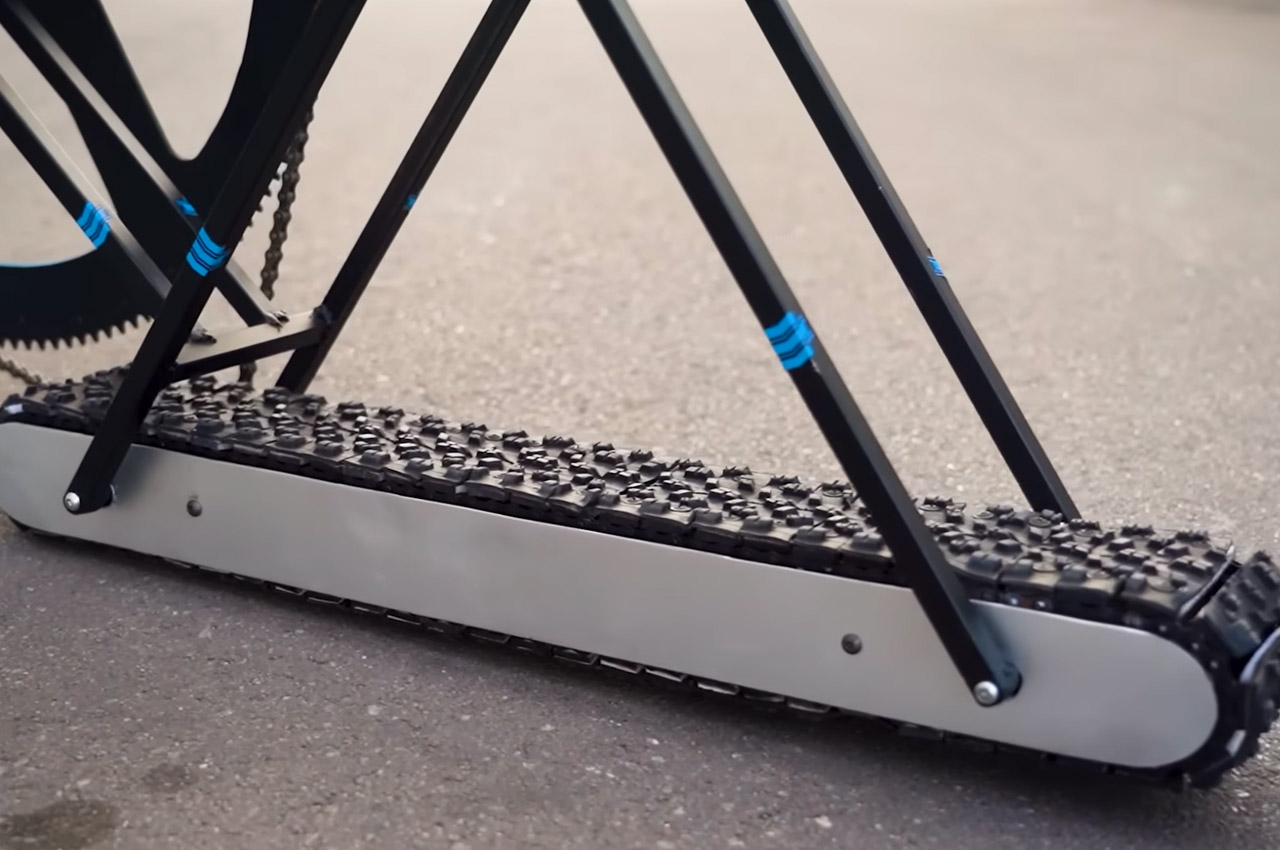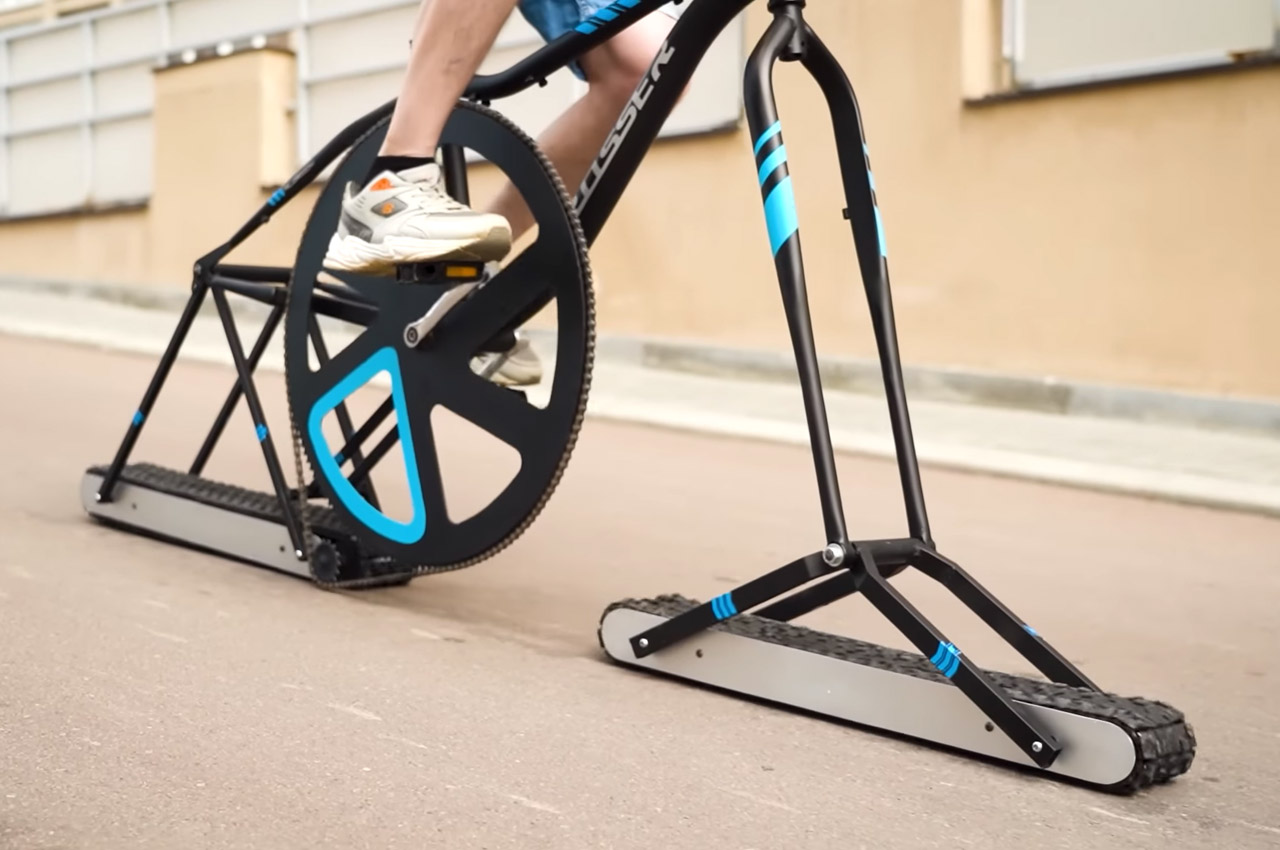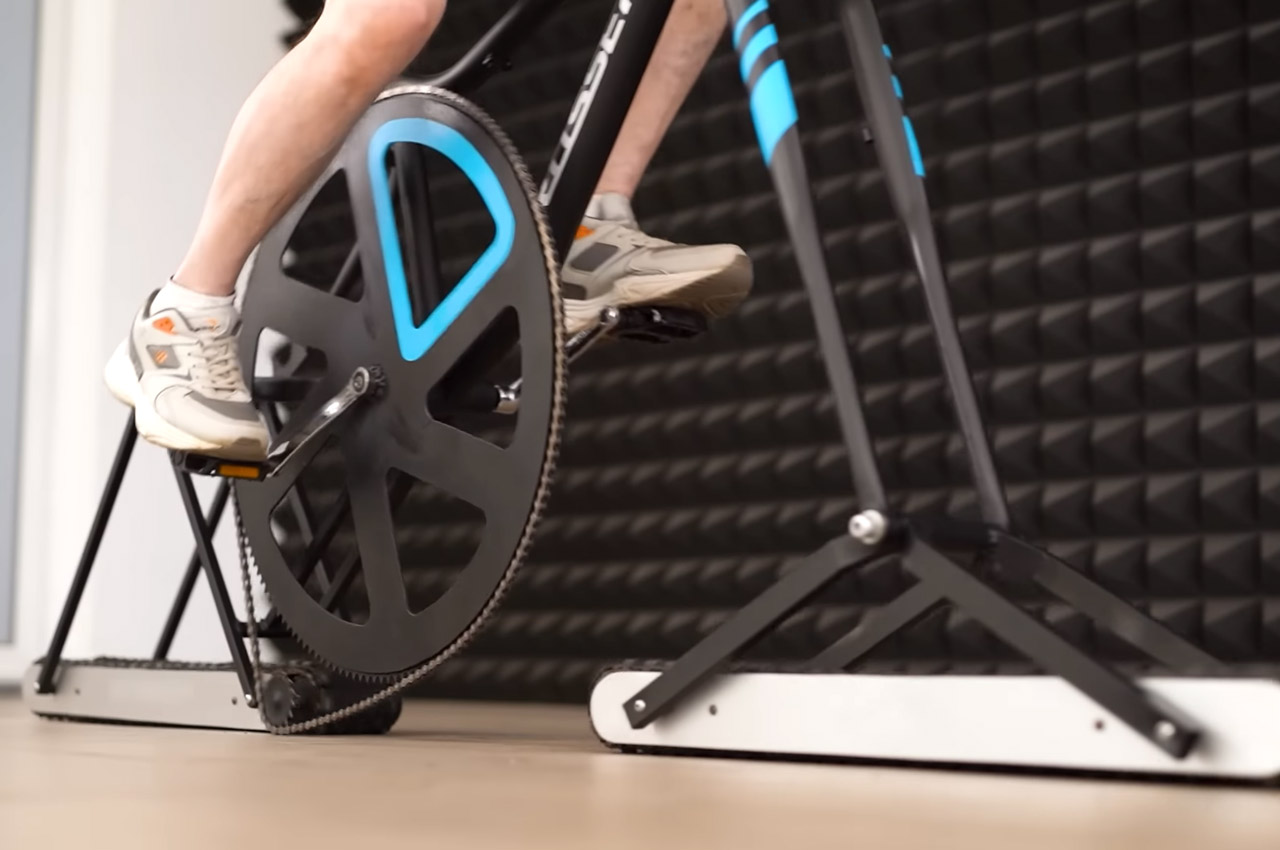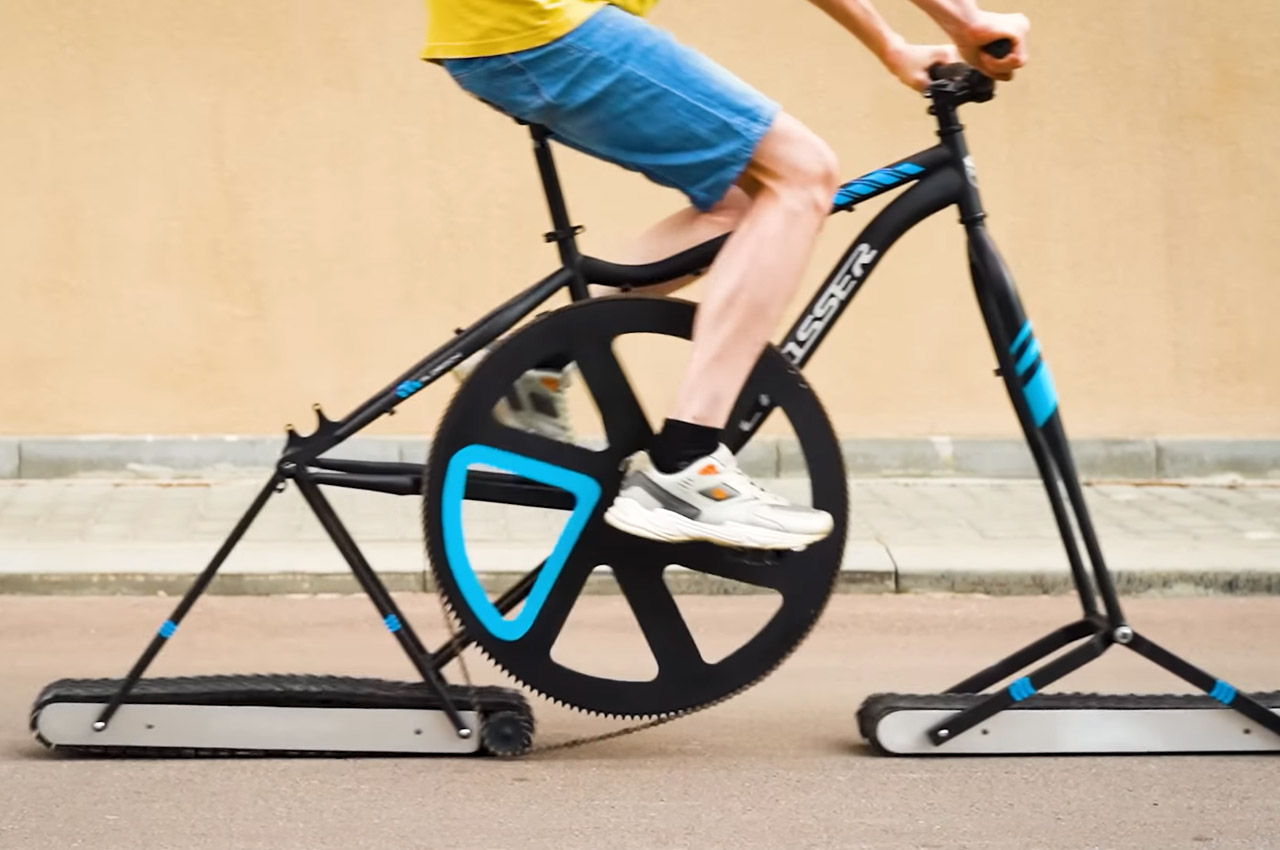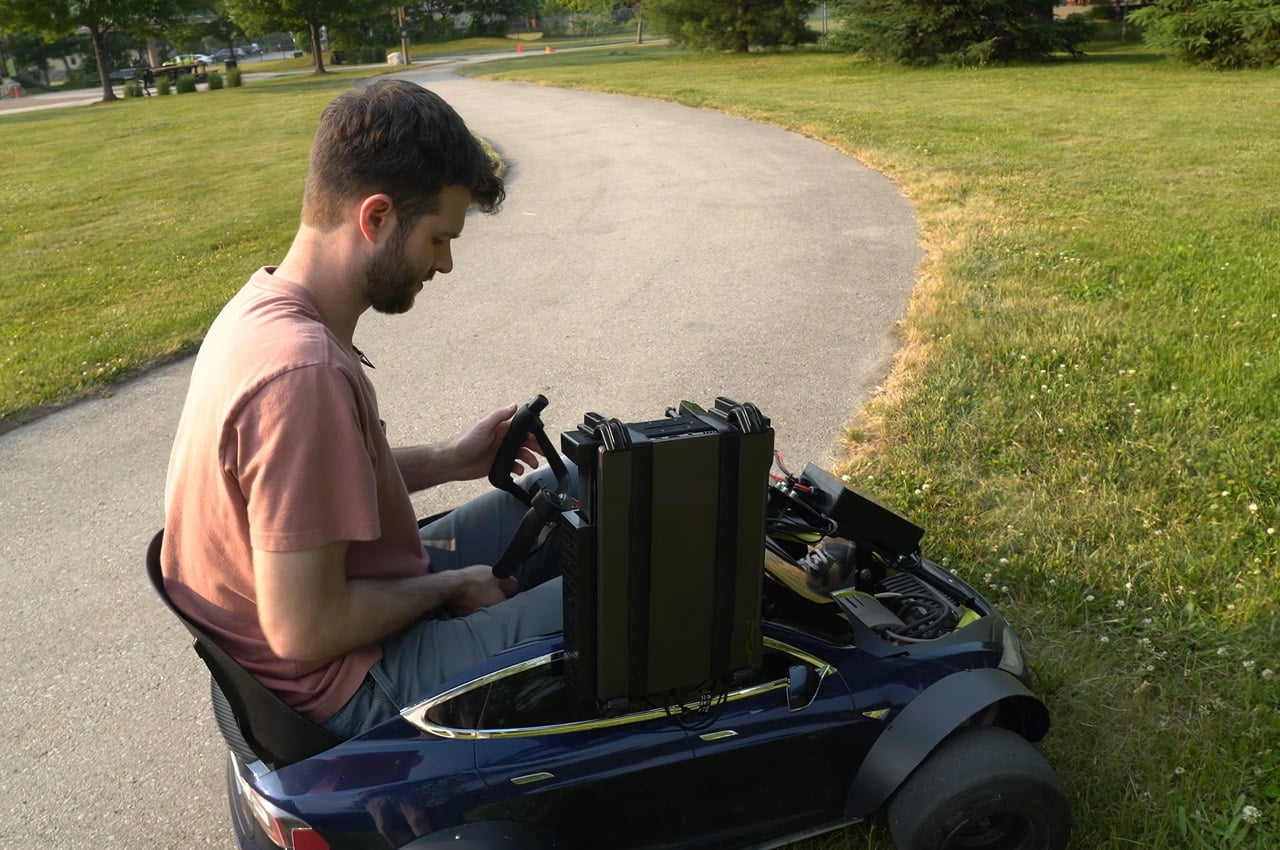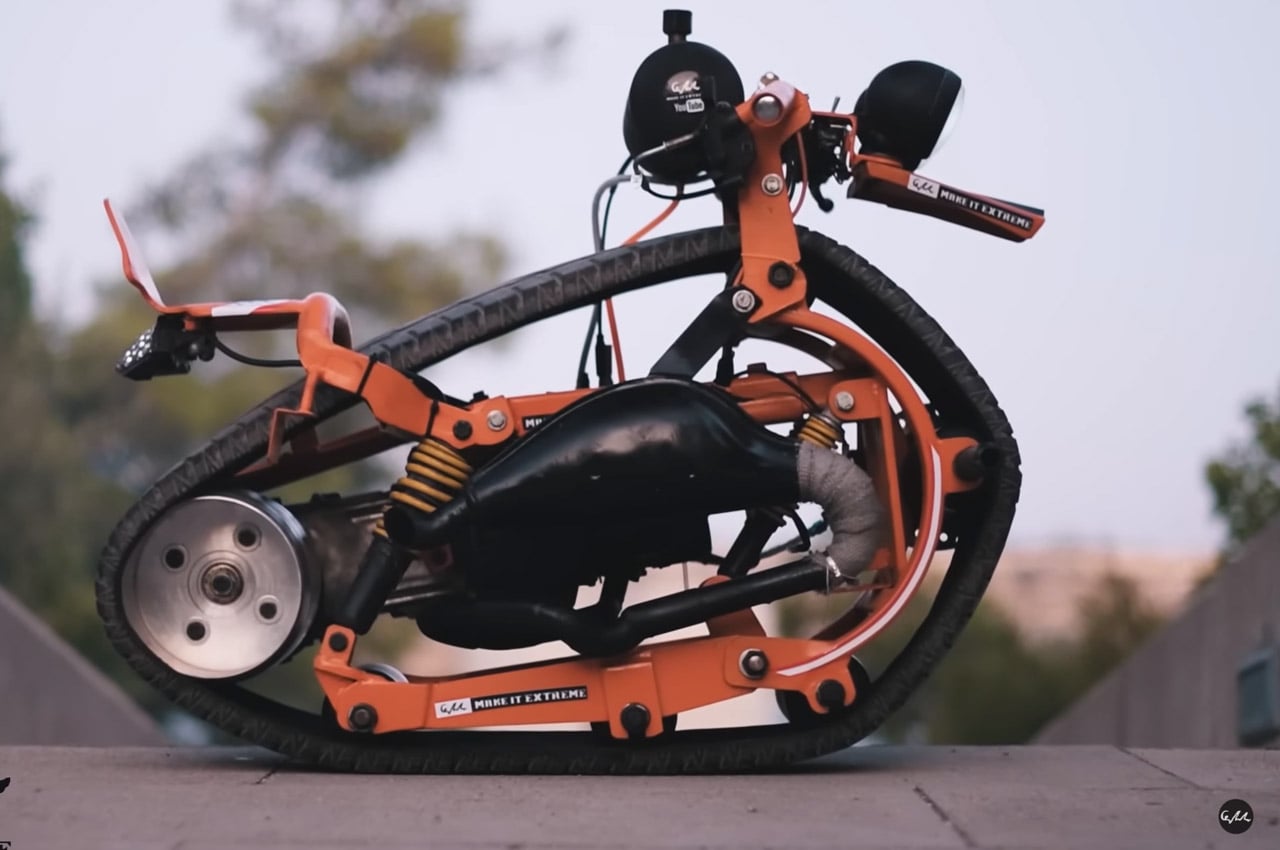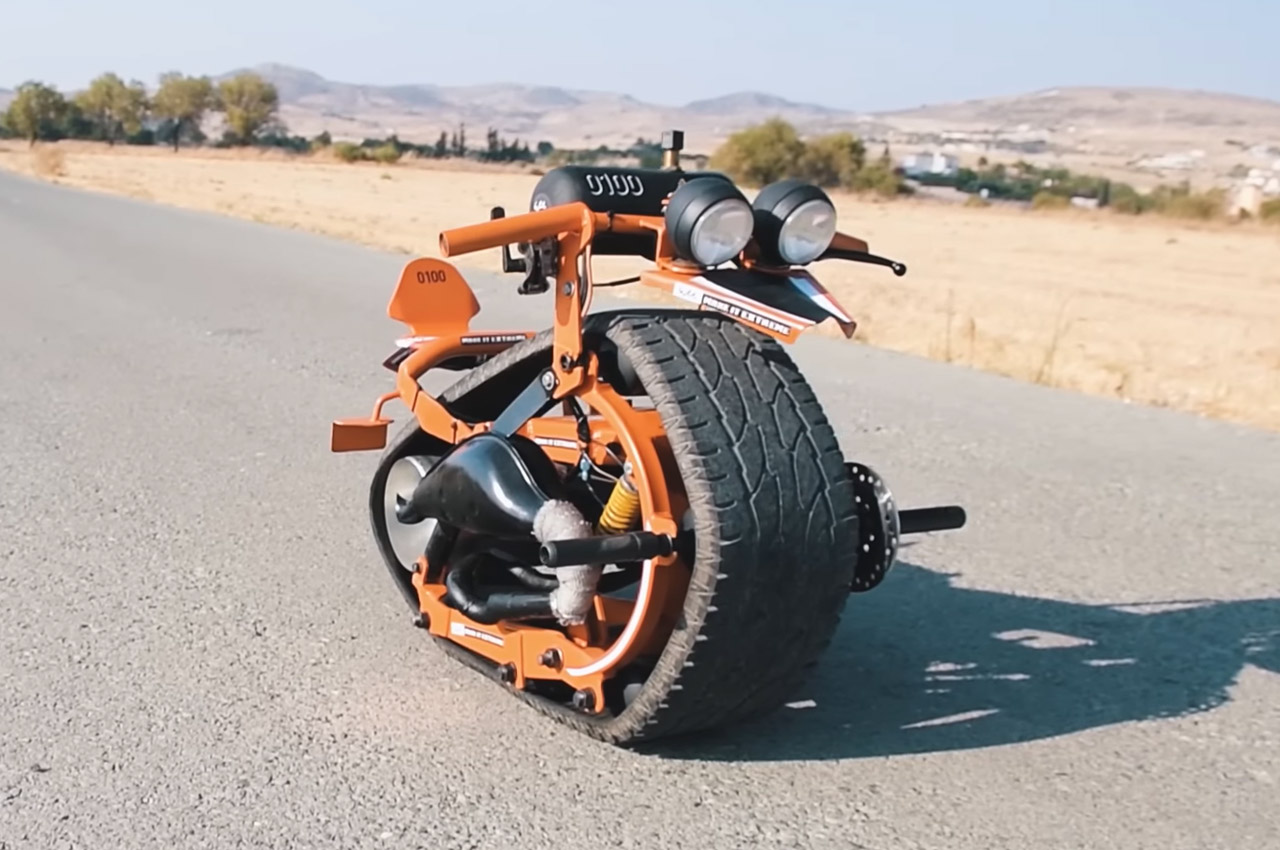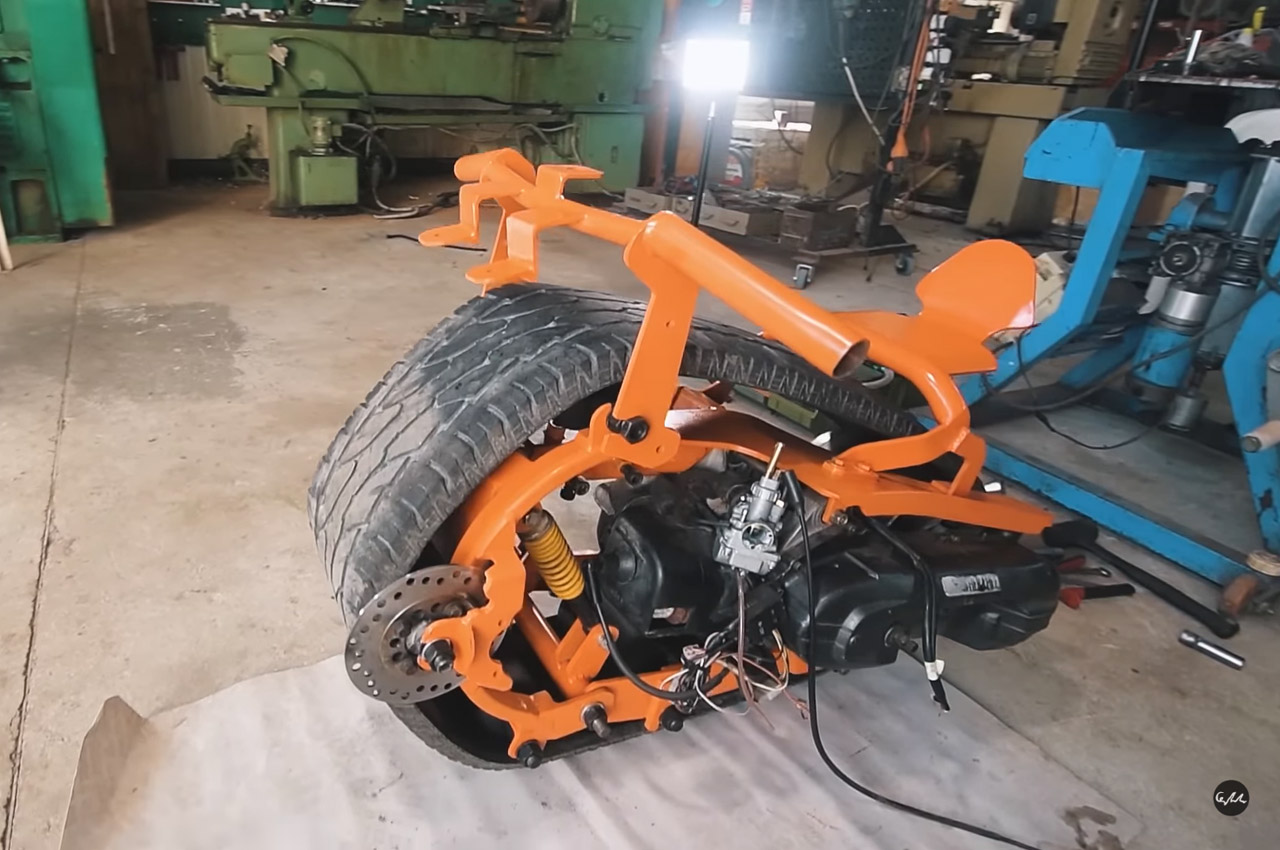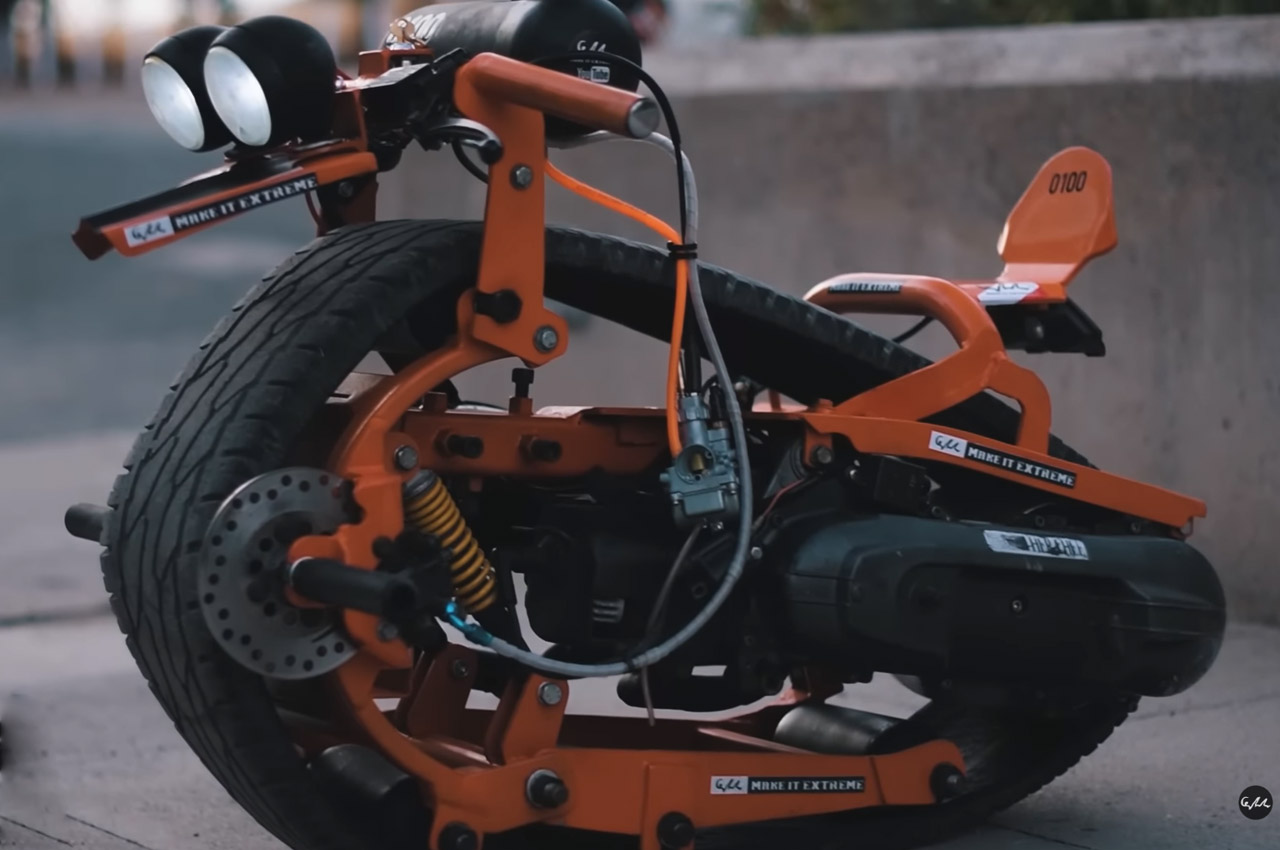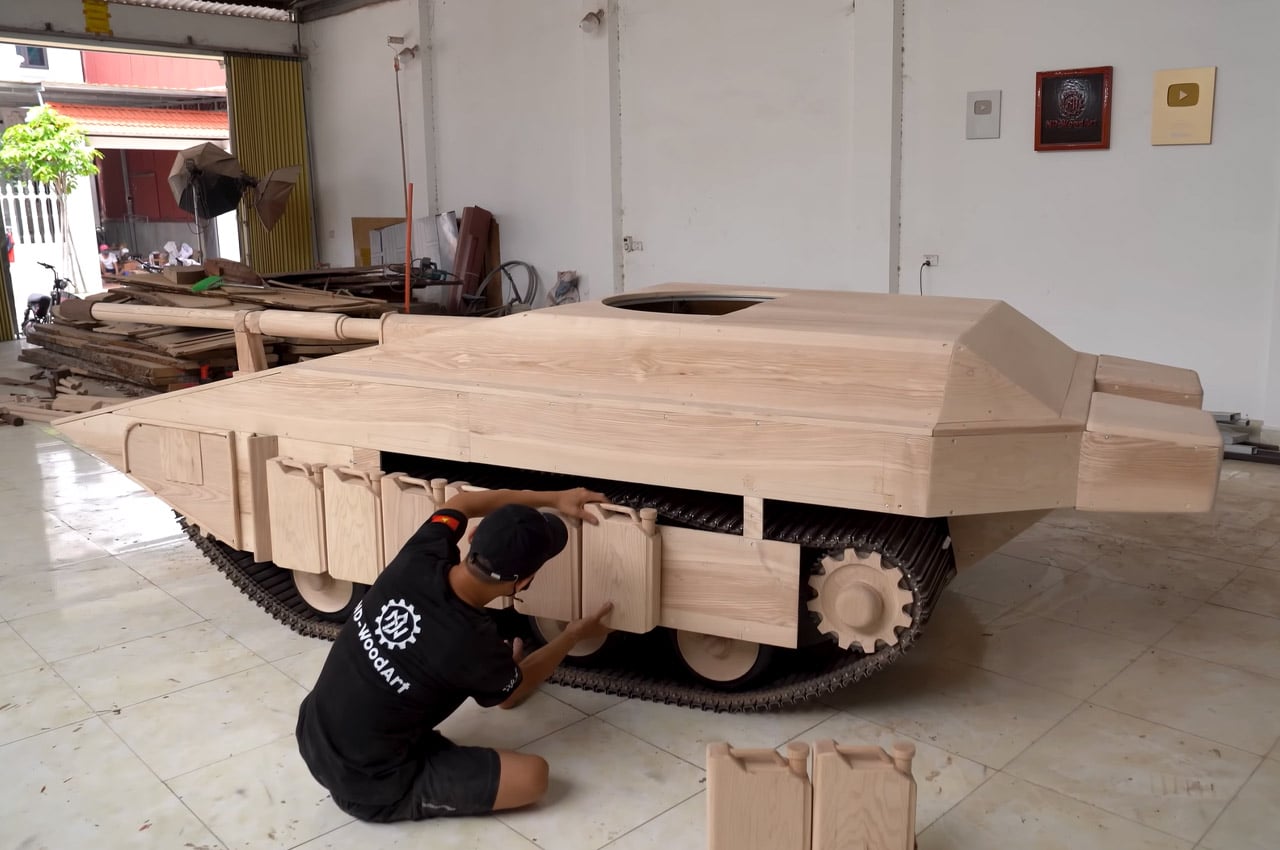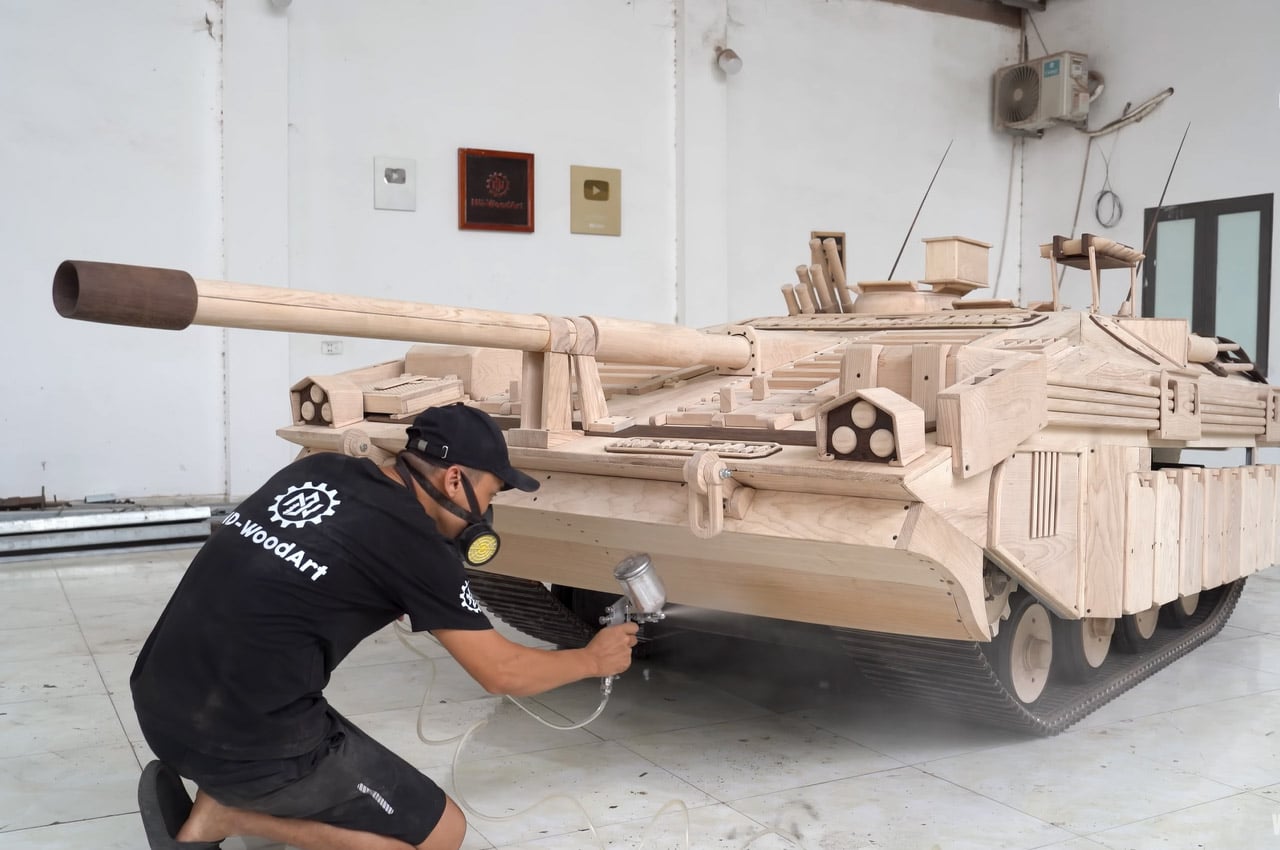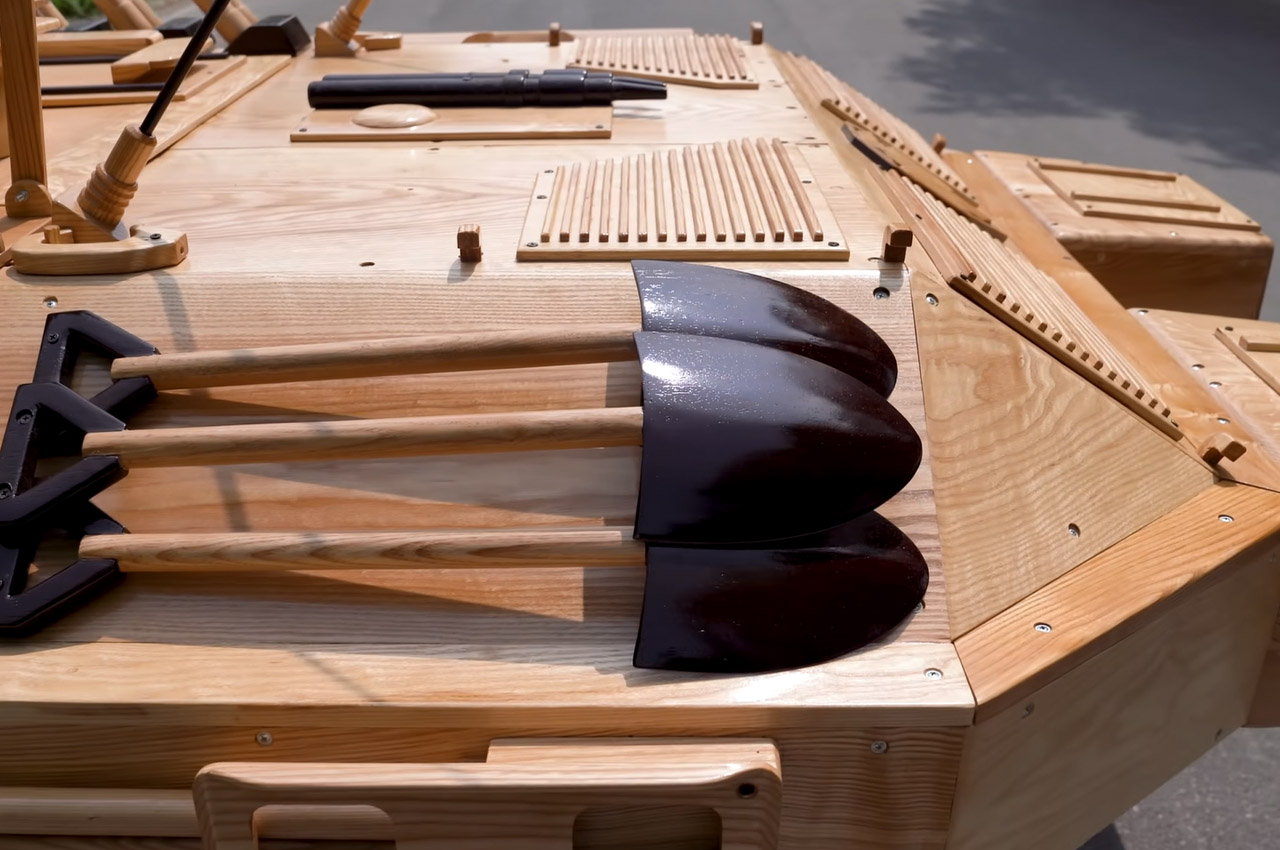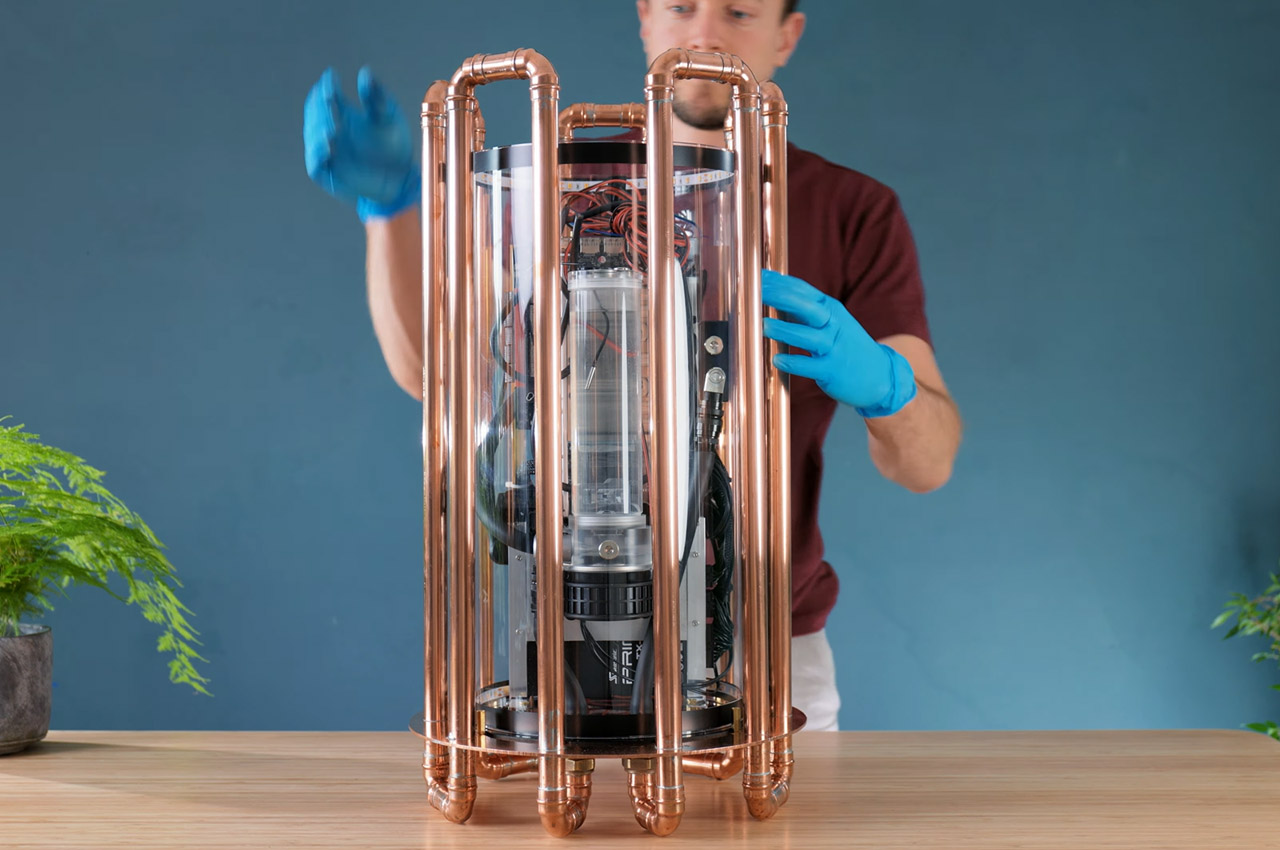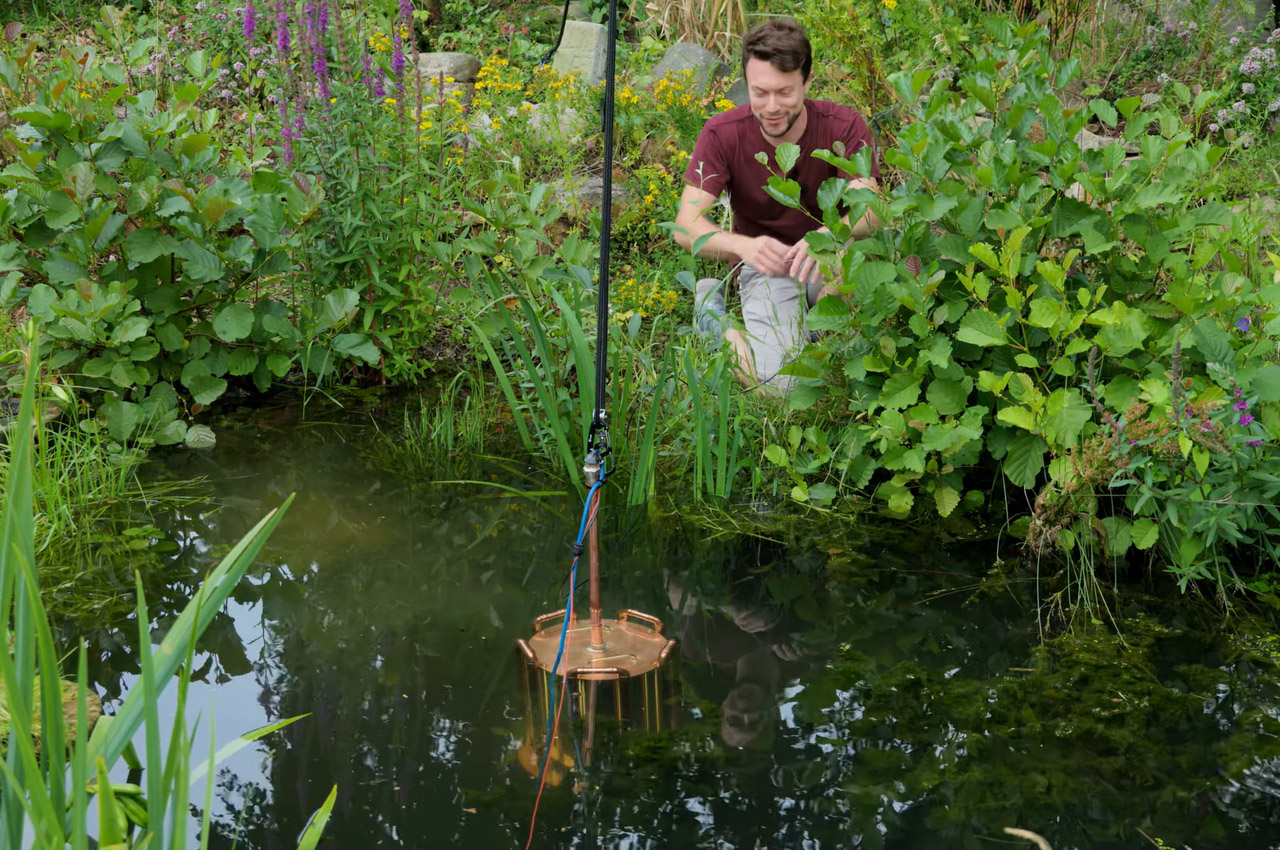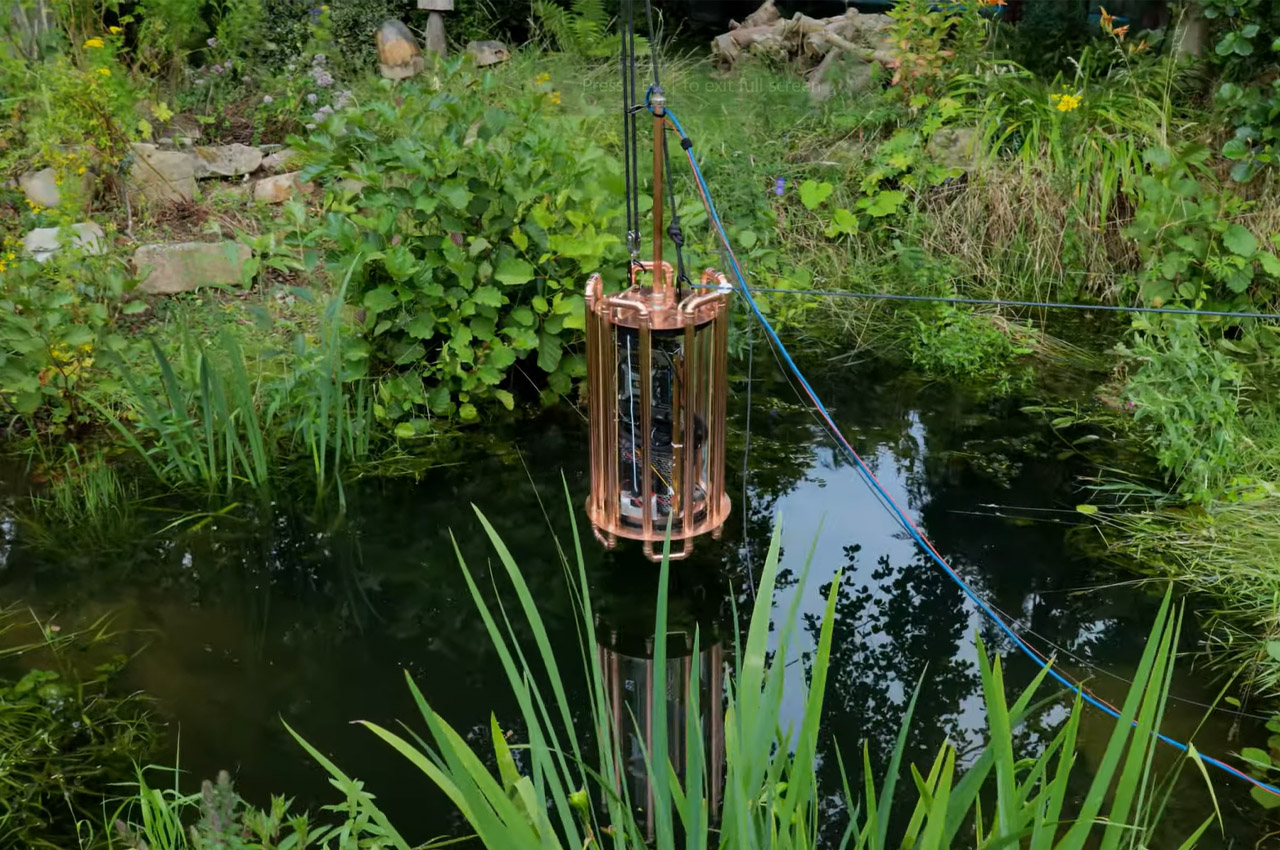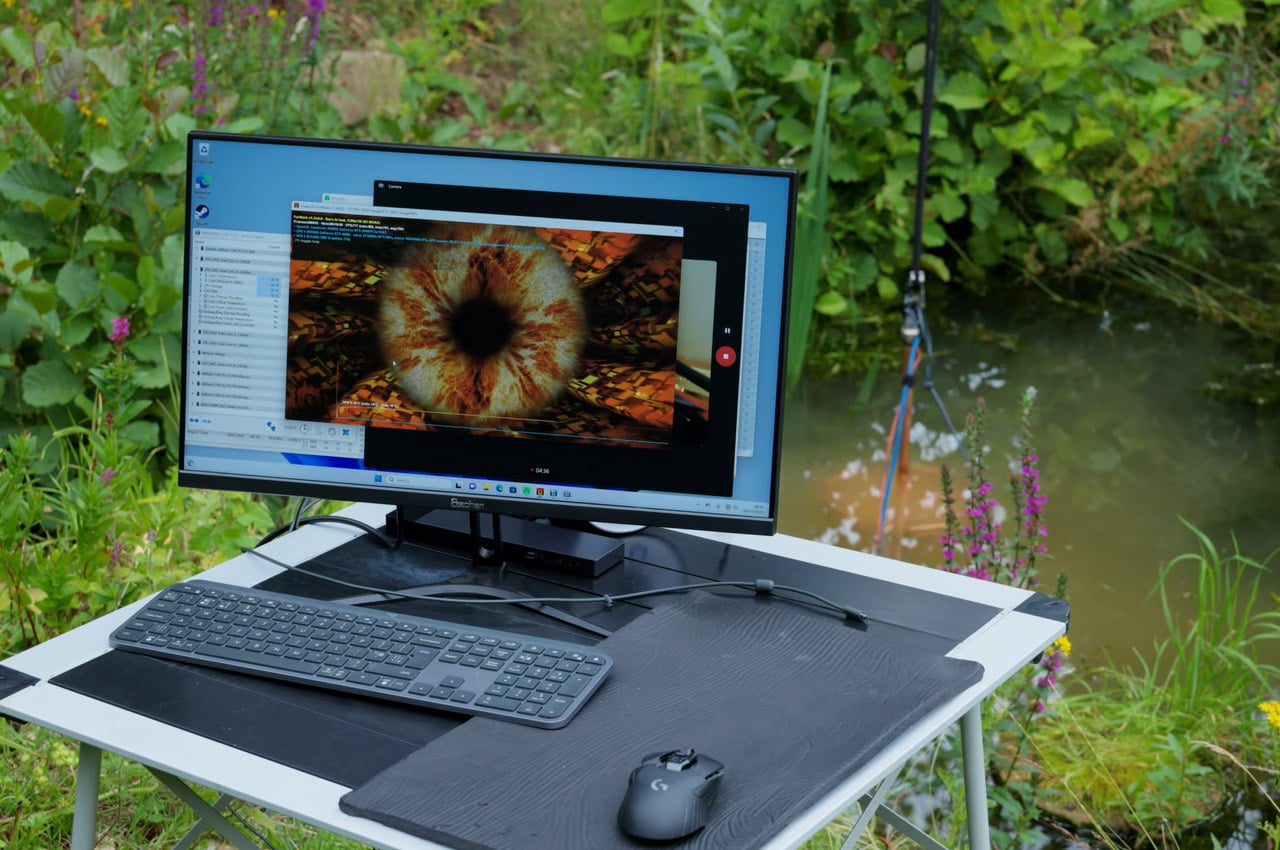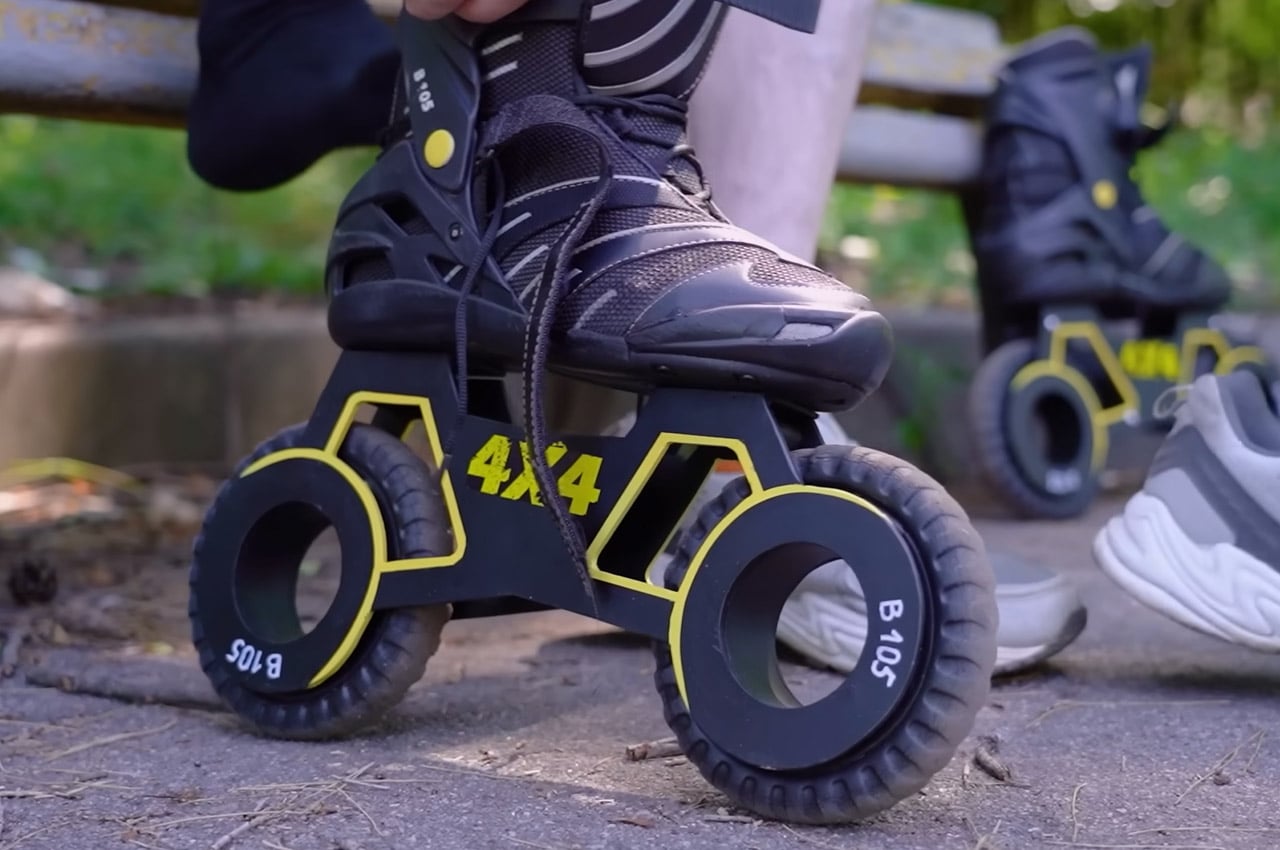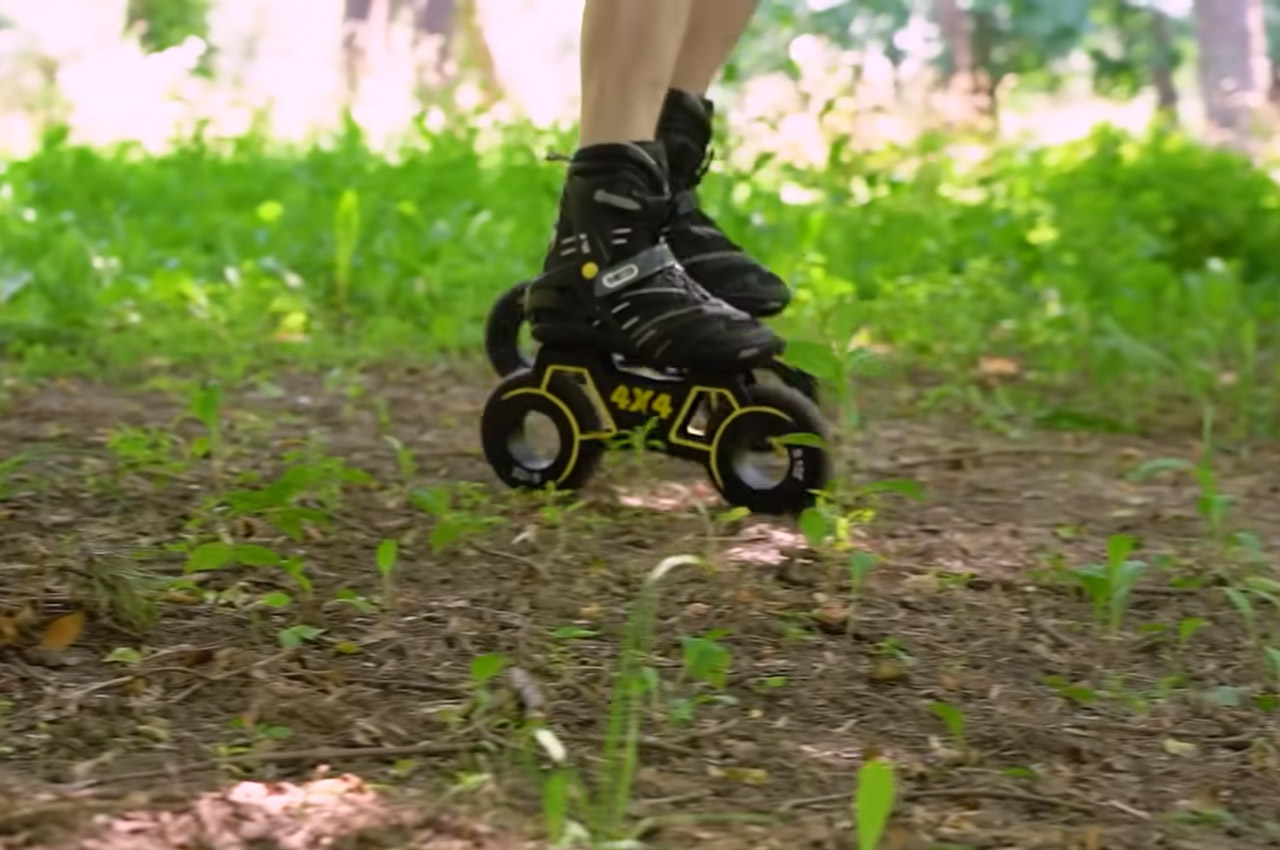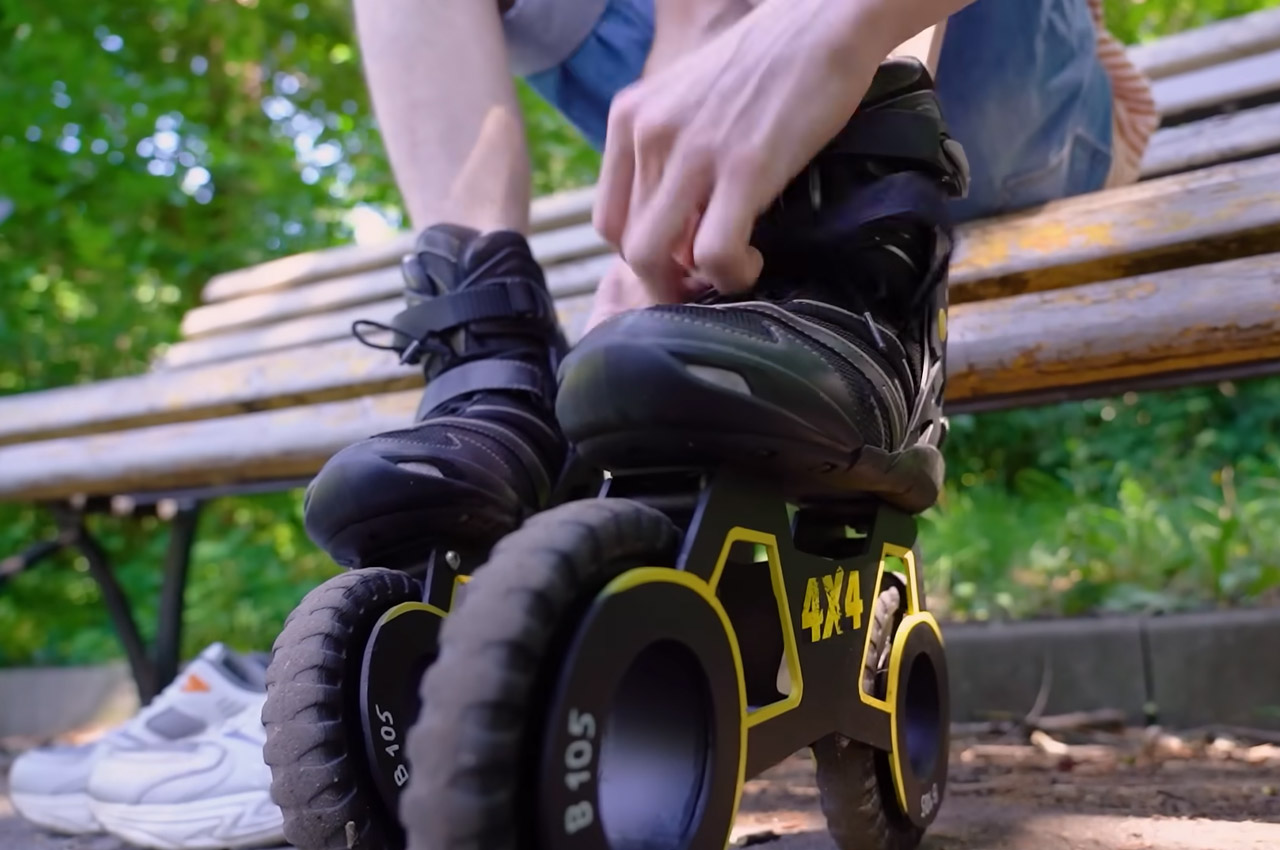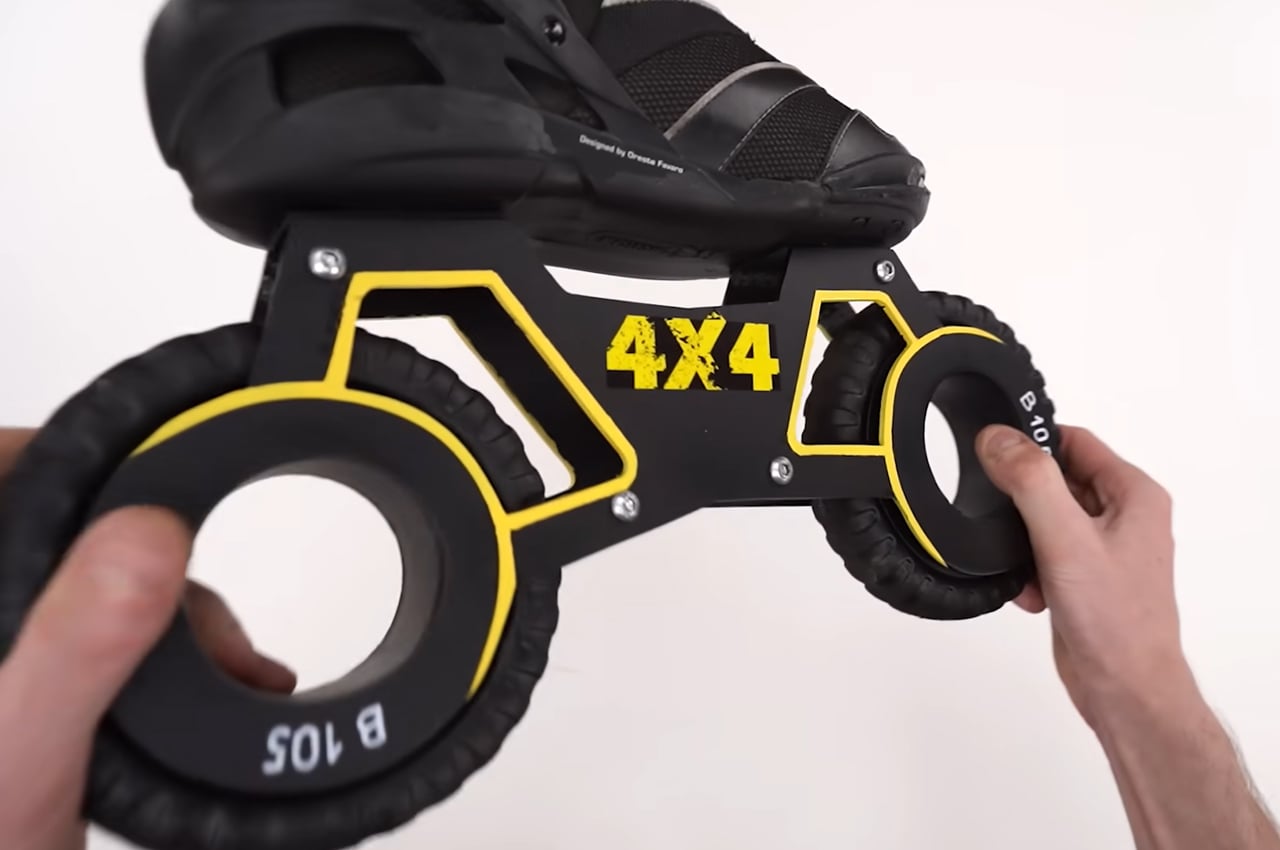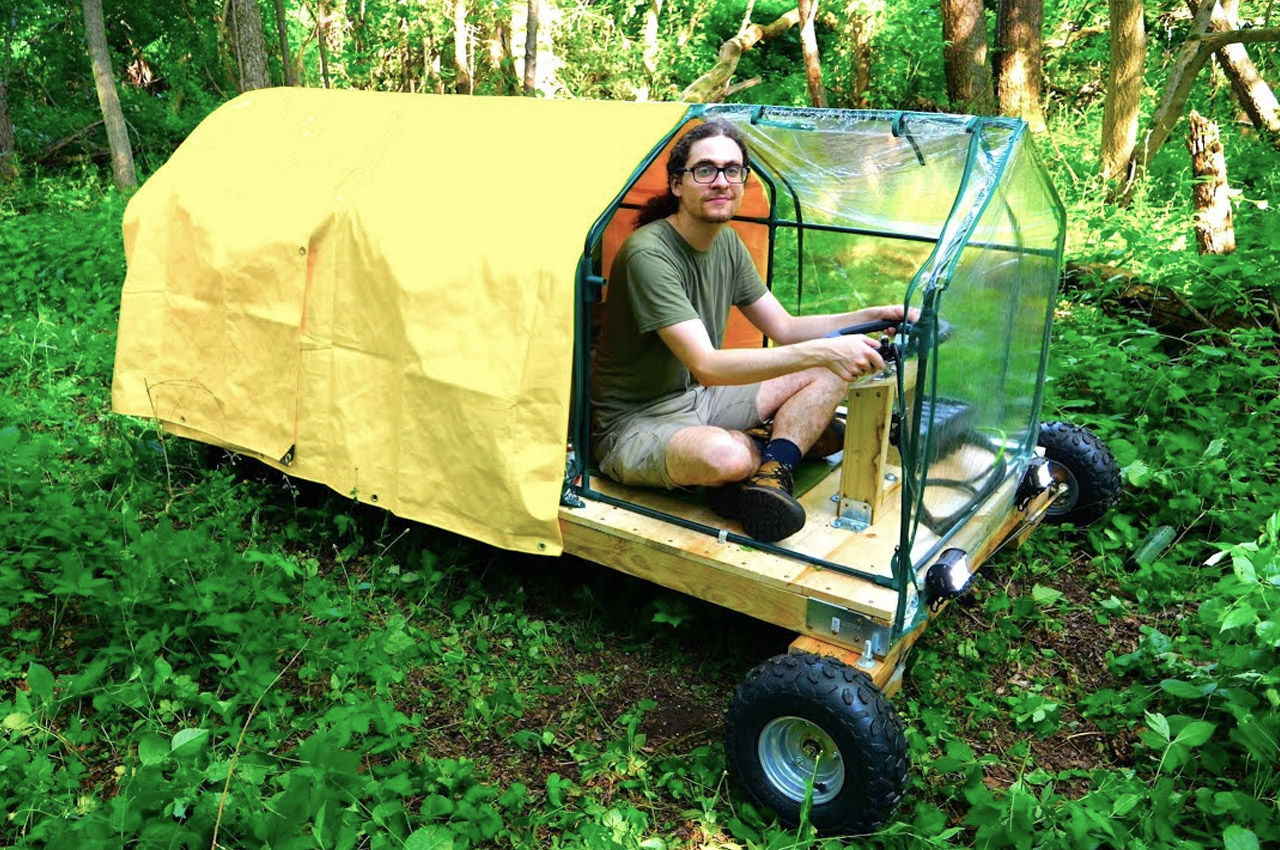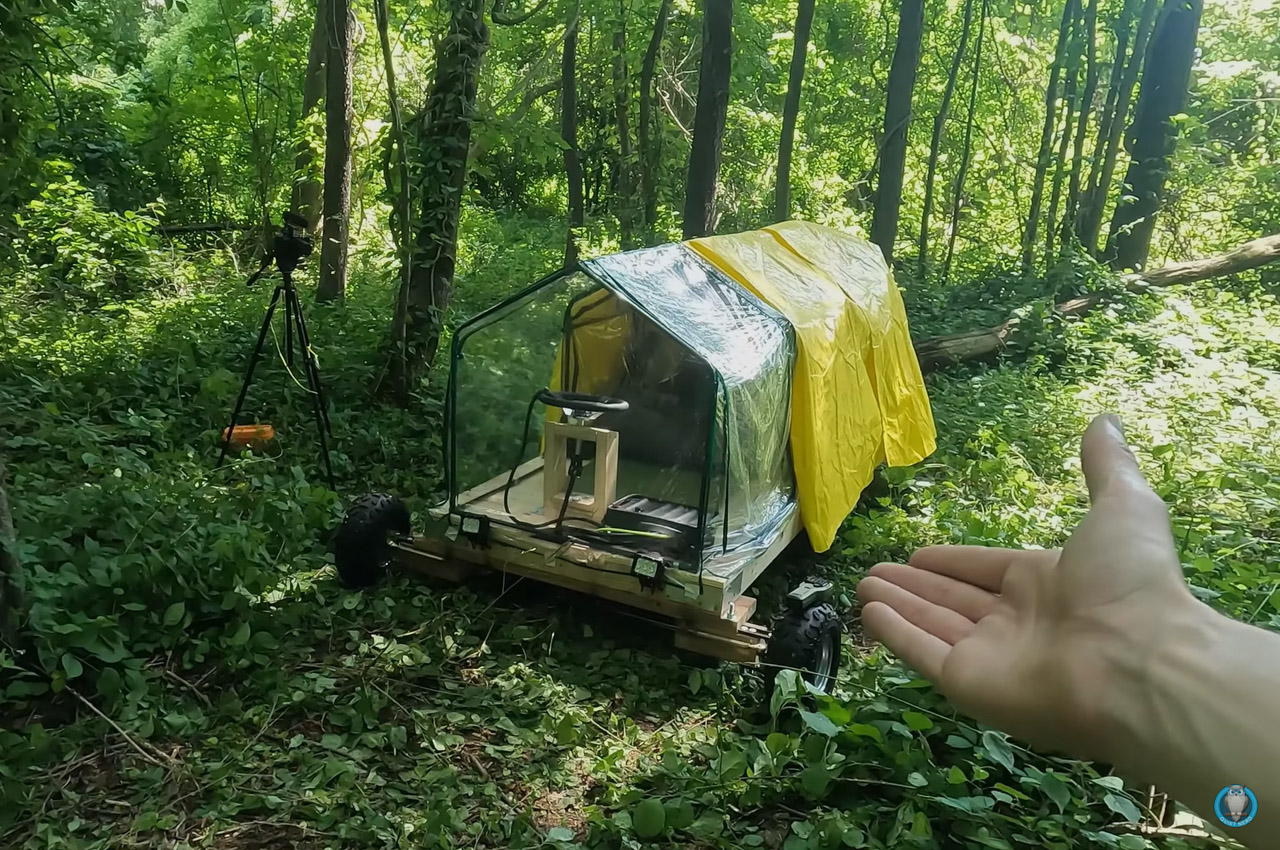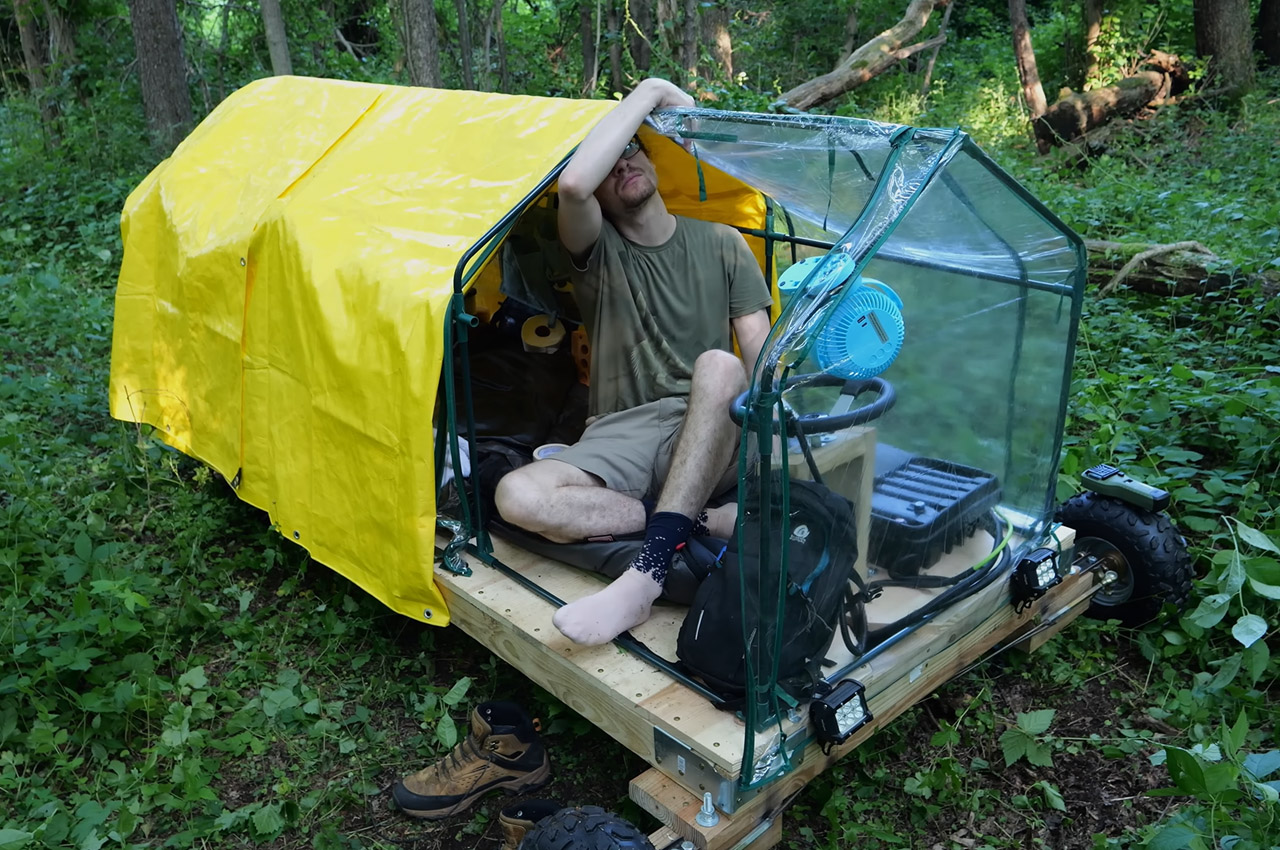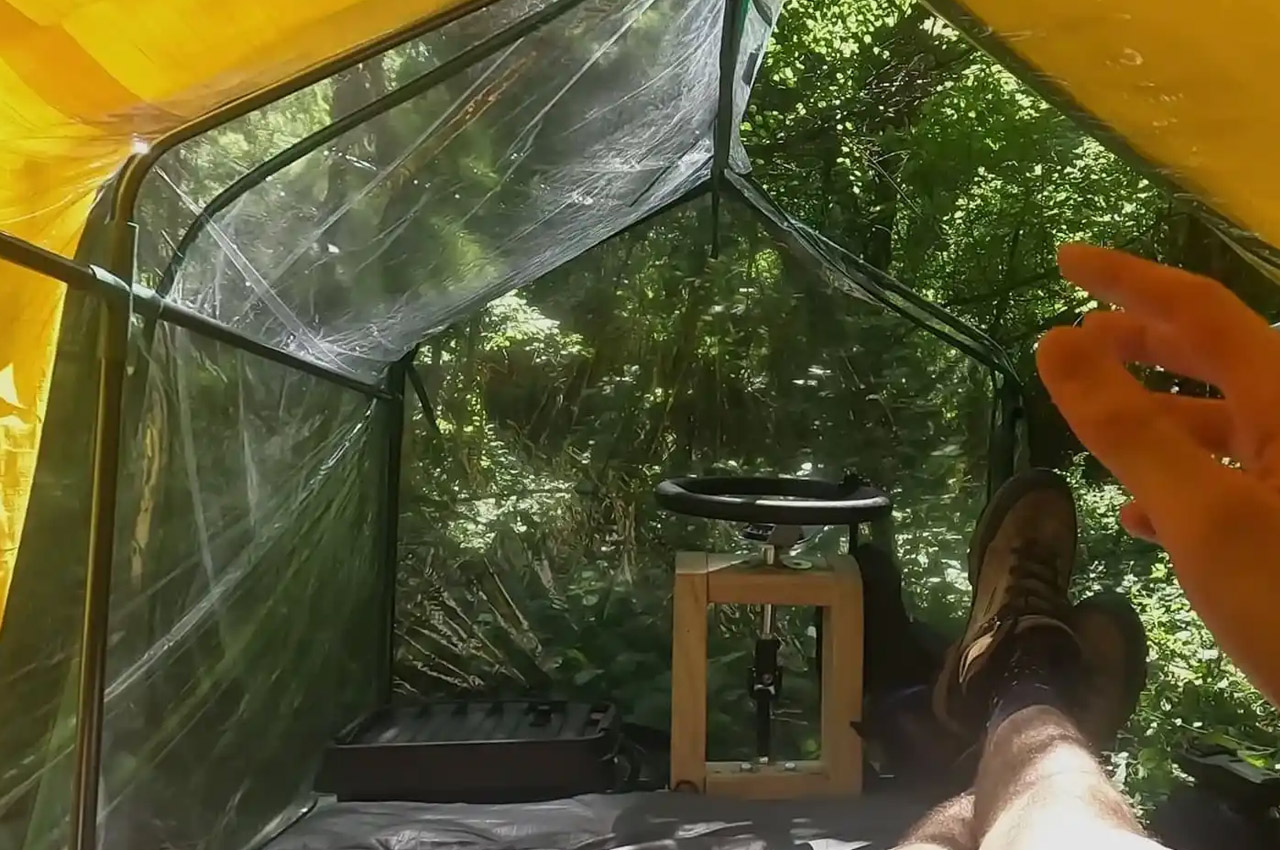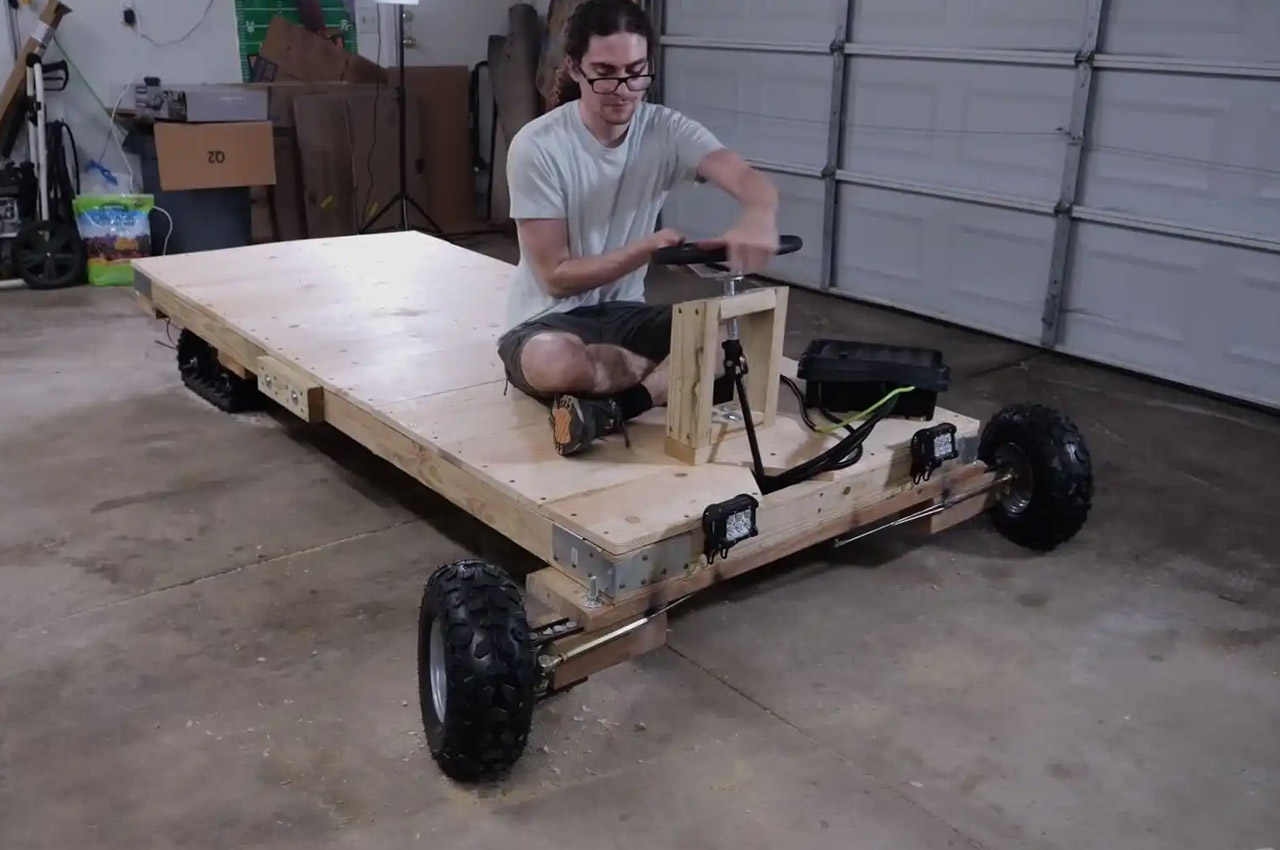
DIY designs have been taking the design world by storm! Building things purely with our hands, putting our sweat and grit into it, and watching a design roar to life in front of our eyes, has become the new pass time for many of us. But these DIY designs are more than just your run-of-the-mill products made using discarded water bottles, and paper! These are innovative, complex, and highly functional product designs that cater to a variety of our needs, but are also really simple to put together. It’s the best of both worlds. From a DIY living plant chair to a DIY wall clock that tells time using prismatic light– each of these nifty designs will get your creative juices flowing, and your hands moving, as well as definitely add some value to your life. Which of these unique DIY designs would you try building at home?!
1. LEGO “The Moon: Earth’s Companion”

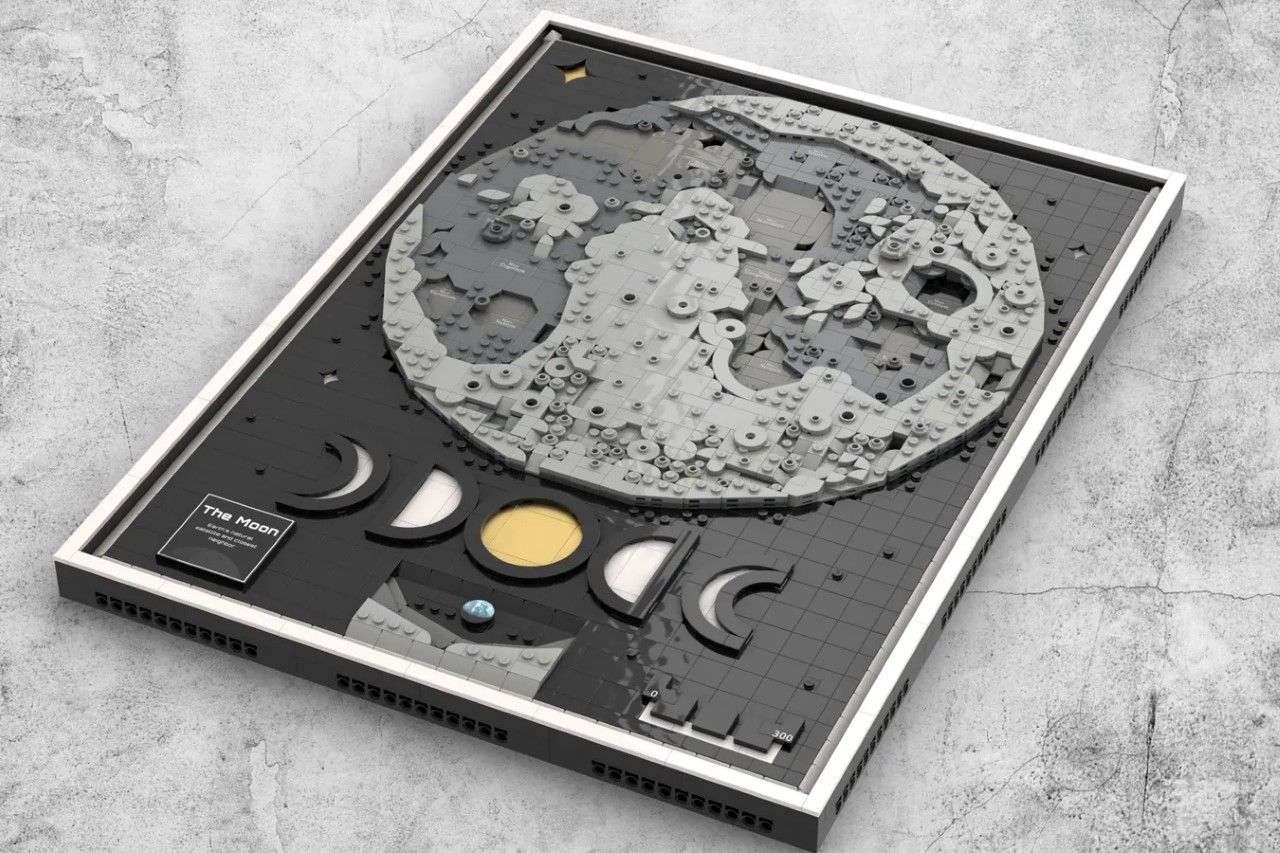
The LEGO Art space poster “The Moon: Earth’s Companion” is a stunning fan-made creation that was built using 2360 bricks, and is a tribute to the sheer brilliance of the moon.
Why is it noteworthy?
The build celebrates the beauty and mystery of the moon while featuring a brick-built MOON that was designed with immense attention to detail and precision, which was further amplified with the use of realistic terrains and craters.
What we like
- Built with precision and attention to detail
- Captures the beauty and brilliance of the moon
What we dislike
- There is only possible moon design, which restricts the design we can have on the wall.
2. The Green Hideaway Chair


Designed by Stockholm-based studio Front/ in collaboration with European DIY chain HORNBACH and its creative agency HeimatTBWA, the Green Hideaway Chair is a DIY living plant chair that allows you to connect with nature in the comfort of your own home.
Why is it noteworthy?
The Green Hideaway Chair can be built by DIYers of all skill levels since it comes along with illustrated, step-by-step instructions, a template, and a complete list of materials and tools needed. So they basically have everything spelled out for you!
What we like
- Makes nature accessible to you in your own home
What we dislike
- A bulky and space-consuming design, so you need to make sure you have sufficient space to add it to your home
3. The Jetson Office Pod
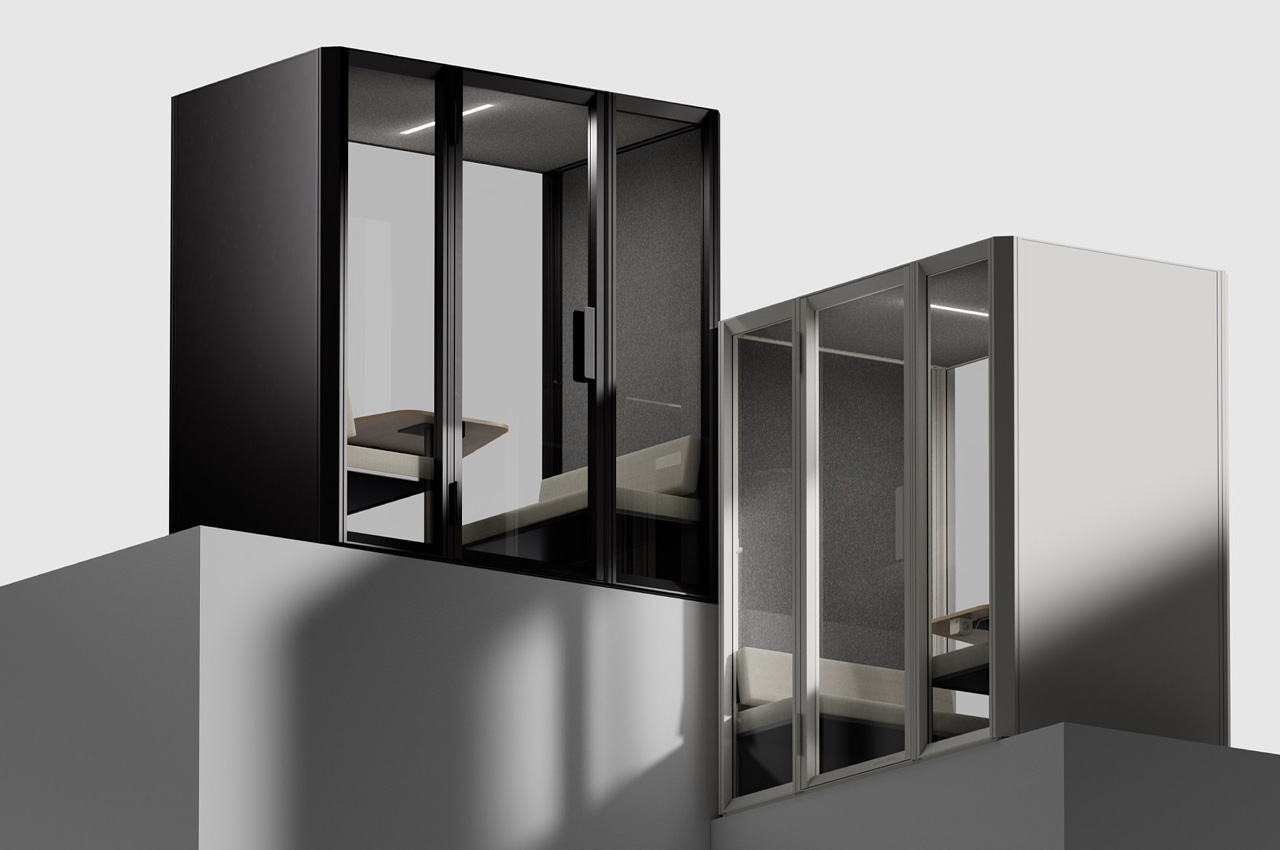
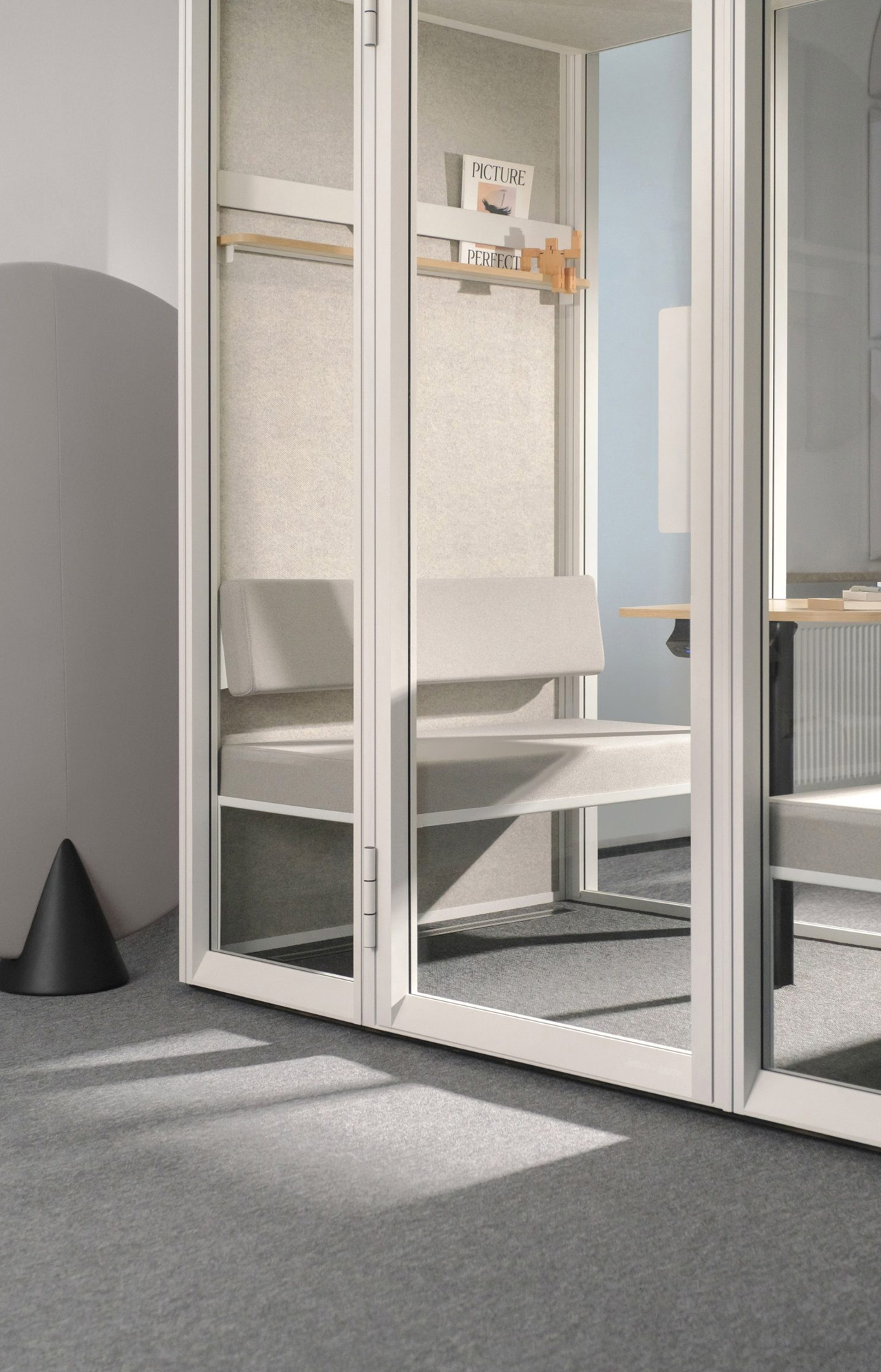
Designed by workplace furniture brand Mute, the Jetson office pod is described as “the first truly DIY acoustic pod”. Sounds pretty interesting, doesn’t it?!
Why is it noteworthy?
The Jetson office pod intends to make office pods flexible, accessible, and easily obtainable so that they become a common sight in commercial offices. It is built using durable and lightweight aluminum.
What we like
- Can be assembled and put together within 30-60 minutes with the help of two people and zero tools
What we dislike
- Not much scope for customization in terms of colors and aesthetics
4. Tiny Washing Machine


Yes, this tiny washing machine is fully operational, but it is so little it cant accommodate even a single sock! But still, that didn’t stop YouTuber Inventus from creating it!
Why is it noteworthy?
Inventus used a couple of Coke cans, an empty pill bottle, a flexible straw, popsicle sticks, and a USB-powered mini DC motor to put together this little contraption. It is portable and super easy to carry around – obviously.
What we like
- It manages to dry scrunchies after washing them
- Portable design
What we dislike
- Extremely limited design that can’t really wash much
5. Decorative Analog Clock

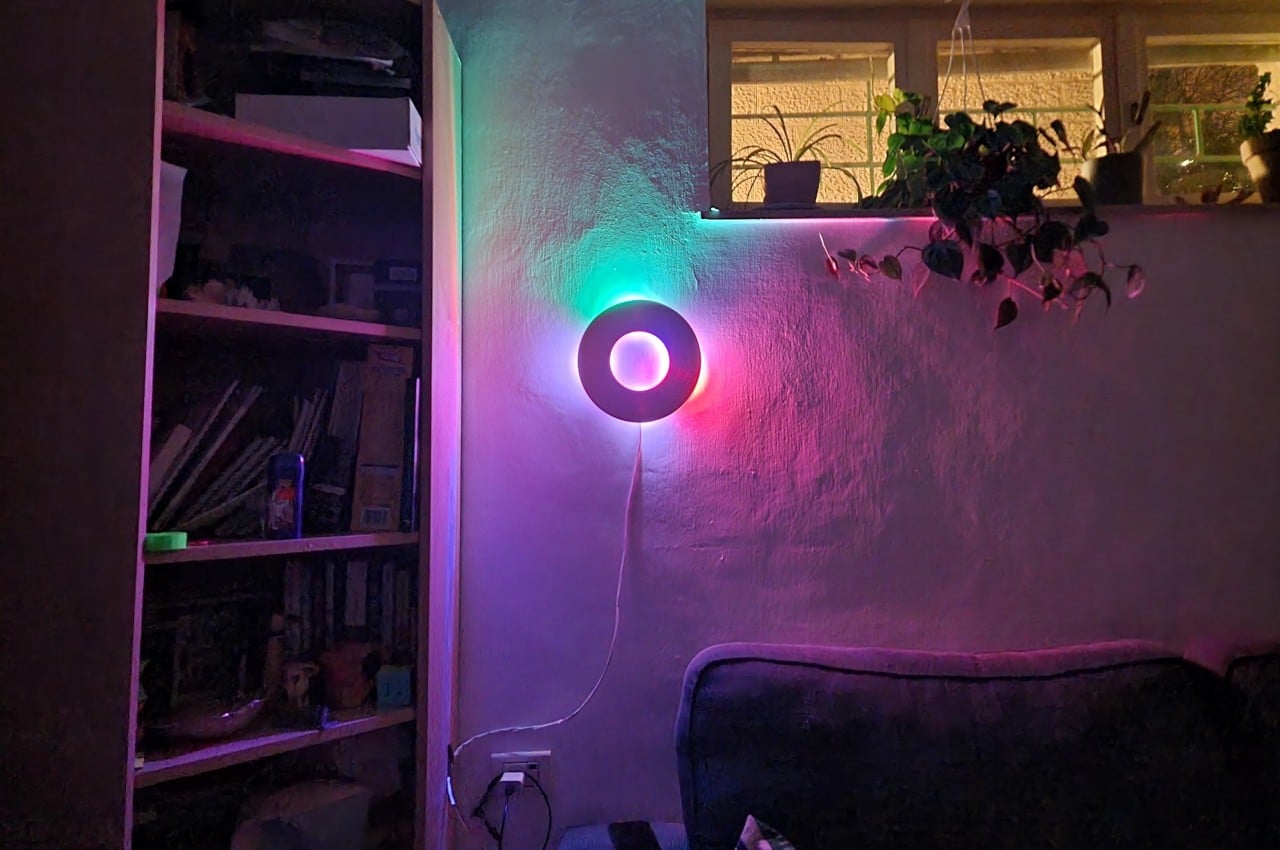
This stunning DIY wall clock completely eliminates the typical convention of distinct clock hands and instead employs different hues of lights to let you eyeball the time to some extent.
Why is it noteworthy?
This Decorative Analog Clock involves quite a number of small electronics, wiring, and a bit of 3D printing. As the name suggests, however, this clock bucks the trend of defaulting to a digital presentation and clings to the analog way of telling time, at least in theory.
What we like
- The three distinct light colors each tell a different aspect of the time, just like physical hands
What we dislike
6. That Stool
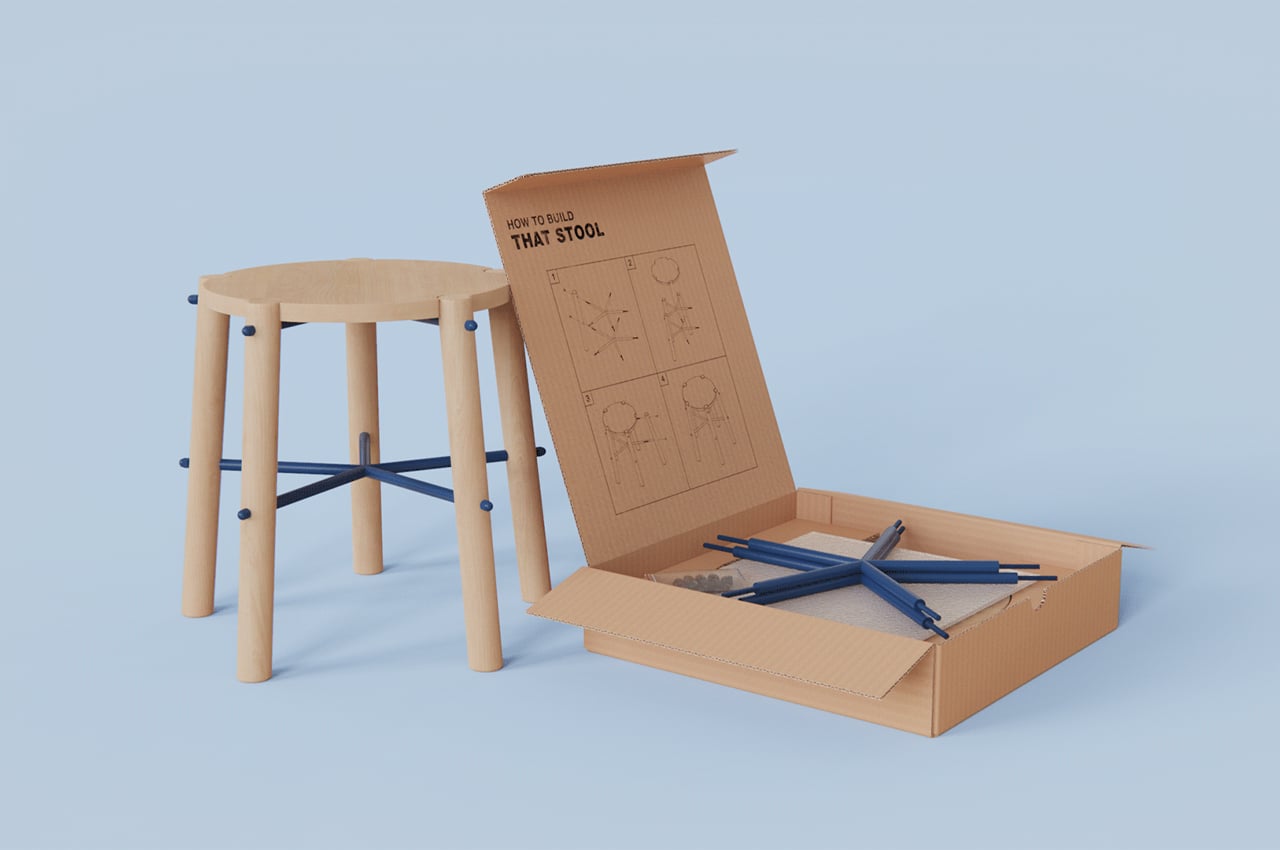
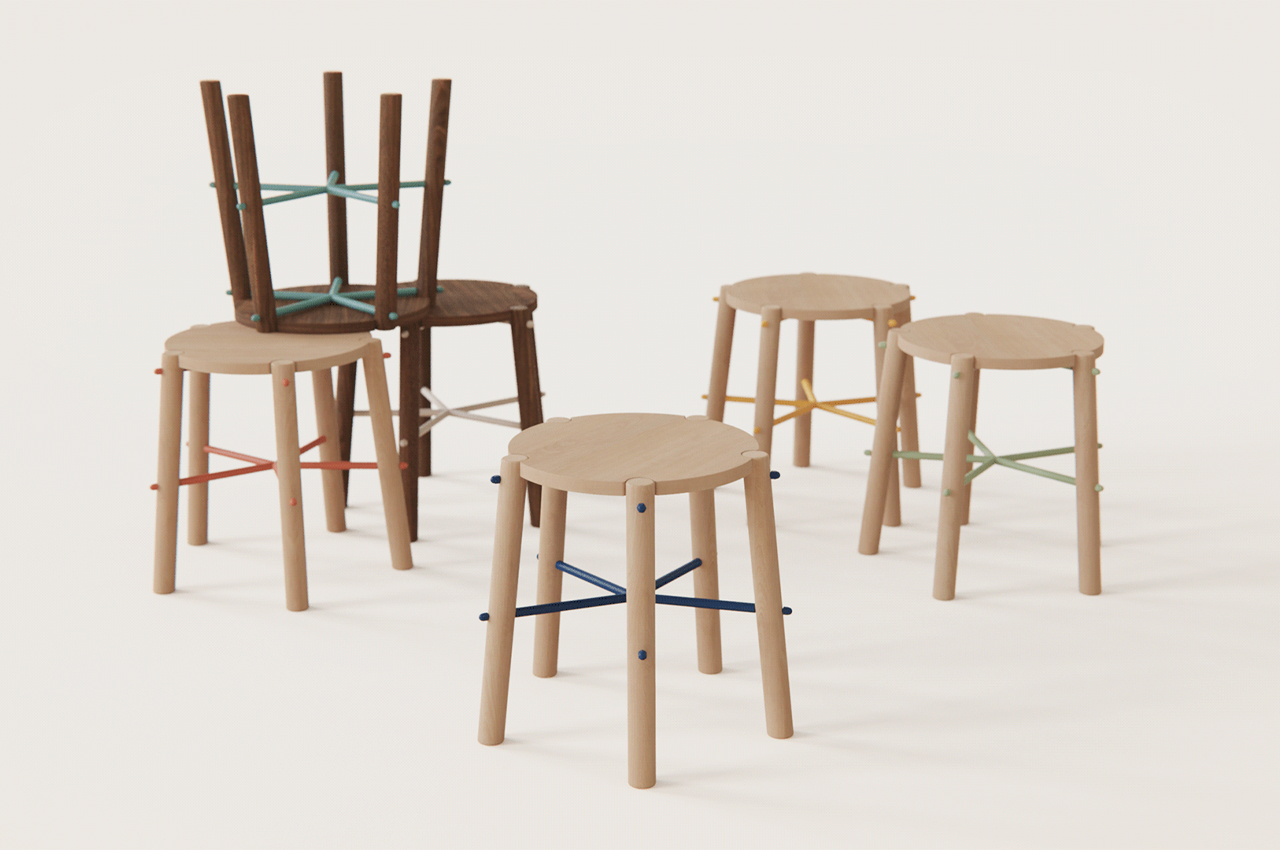
Designed by Alondra Elizalde, That Stool is a flatpack DIY tiny stool that can be easily assembled, providing a practical and functional means of having a stool with you anytime, anywhere.
Why is it noteworthy?
That Stool is comprised of only a few parts: a seat rest, five legs, a couple of star-shaped spindles, and some connecting nuts and bolts. All contained within a flatpack corrugated cardboard box, the parts of That Stool are easy to assemble with no additional hardware required.
What we like
- Assembled in only four steps without any additional hardware
- Can be used anywhere, at any time
What we dislike
- Looks like any other regular stool on the market
7. The Monocle


Inspired by Google Glass, the Monocle is a circular device that goes over just one eye, leaving the other completely free of any obstacle. However, unlike preexisting AR glasses, it doesn’t come as a complete eyewear product.
Why is it noteworthy?
You clip the Monocle onto any pair of glasses, which is especially useful if you wear a prescription. It holds all the electronics in a single piece, including a 720p camera, and a 640×400 OLED display.
What we like
- Makes AR accessible and easier to use
What we dislike
- The device isn’t exactly the sleekest way to get an AR experience with your regular glasses
8. The Absolem Keyboard
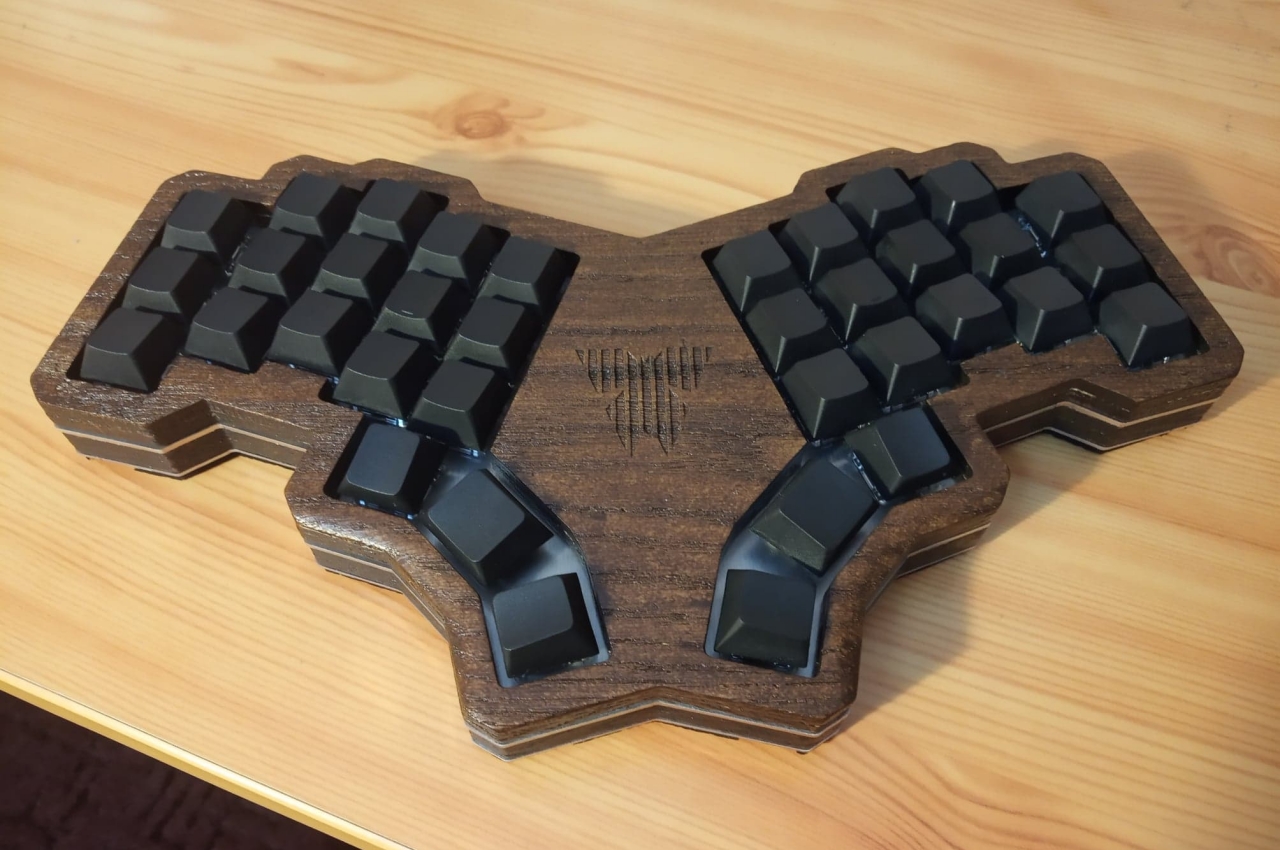
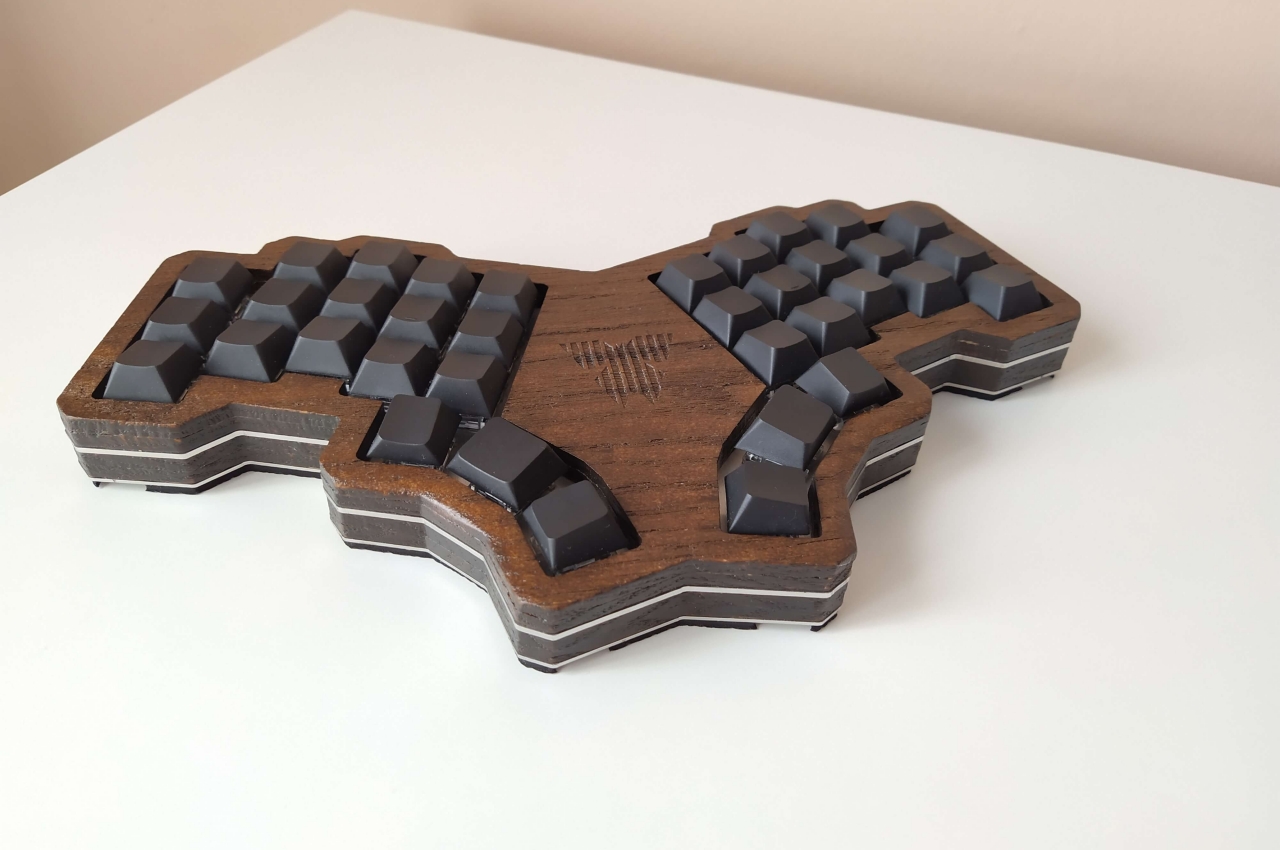
This stunning eye-catching butterfly-shaped keyboard makes for an out-of-box yet minimalist addition to your wooden workspace. It is unique, and an effort to bring new concepts and experiments to your workdesk.
Why is it noteworthy?
The ultimate goal was to have a reduced number of keys, 36 in total, plus a few extra keys that would allow switching between letters, symbols, and function keys.
What we like
- Unique form with practical functionality
What we dislike
- Uses plenty of plastic and electronics, including neoprene, so it’s not exactly a sustainable design
9. The Atlas
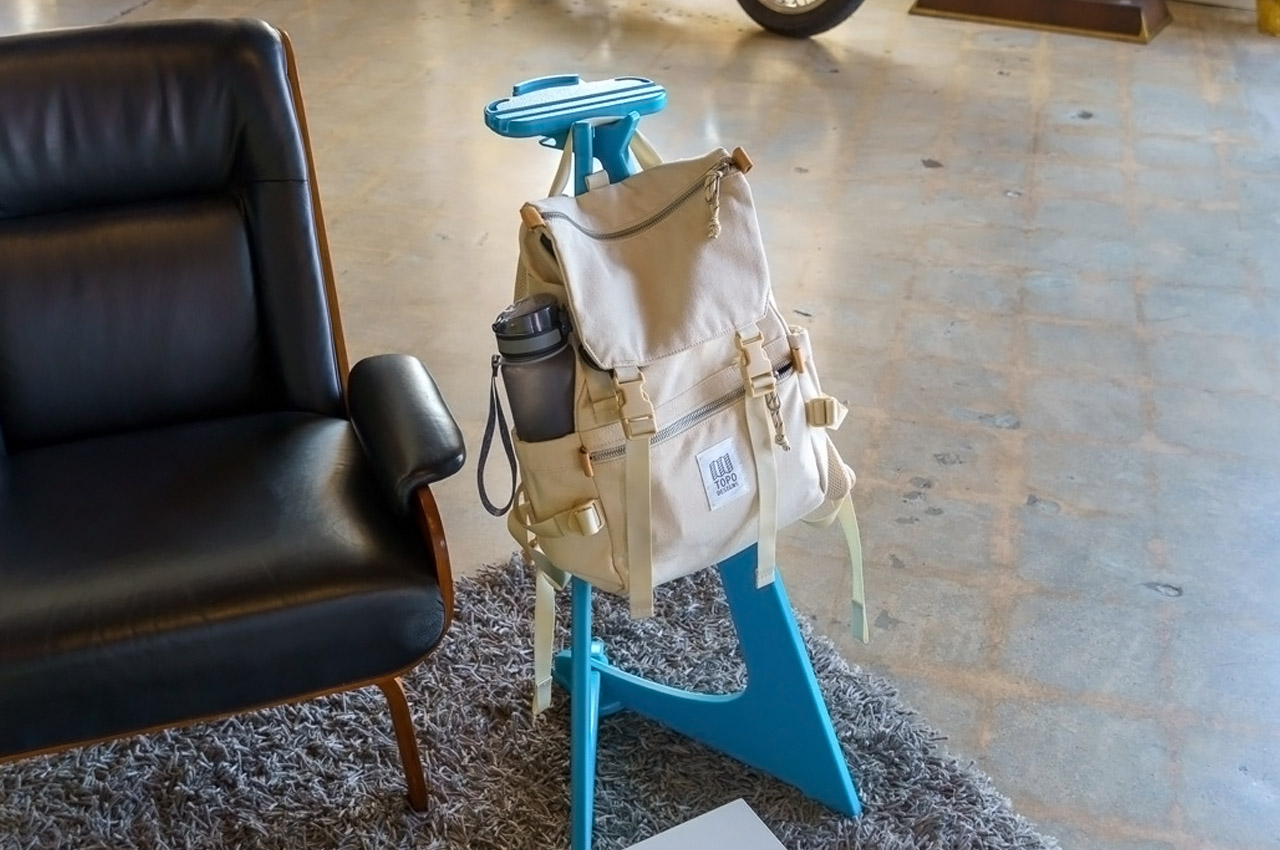

The Addio Design Collective created the Atlas Backpack Stand which is a new category of furniture that functions as a side table, as well as a stand for hanging your backpacks, so they don’t end up touching the floor.
Why is it noteworthy?
The Atlas isn’t a conventional side table. It comes almost with the proportions and shape of an easel, sporting an A-shaped frame. It comes with a slightly inclined design too, keeping the stand stable and preventing it from tipping over due to your bag’s weight. .
What we like
- It suspends your bag above the ground, keeping it from getting dirty
- Makes it easy to access stuff inside your bag without having to bend down
What we dislike
- A bit of a niche product – may not appeal to everyone
10. The Chonky Palmtop


Tiny laptops are often called palmtops, and they do tend to be quite bulky. However, this bulky ‘palmtop’ attempts to tackle that issue by fitting in a slightly more comfortable keyboard in a 7-inch space.
Why is it noteworthy?
This contraption isn’t called the Chonky Palmtop for no reason. Unlike other DIY laptop projects, this one makes no qualms about being a large plastic brick. It’s not going to be usable on your palm, though you probably won’t use it like that anyway. After all, what makes this special is how it tries to make typing a bit more comfortable on a laptop of this size.
What we like
- It splits the keyboard into two halves, adopting a layout that is similar to those ergonomic keyboards you’d find in the market
What we dislike
- You may not want to use a computer of this size for your everyday needs
The post Top 10 DIY Designs To Create In The Comfort Of Your Home first appeared on Yanko Design.
